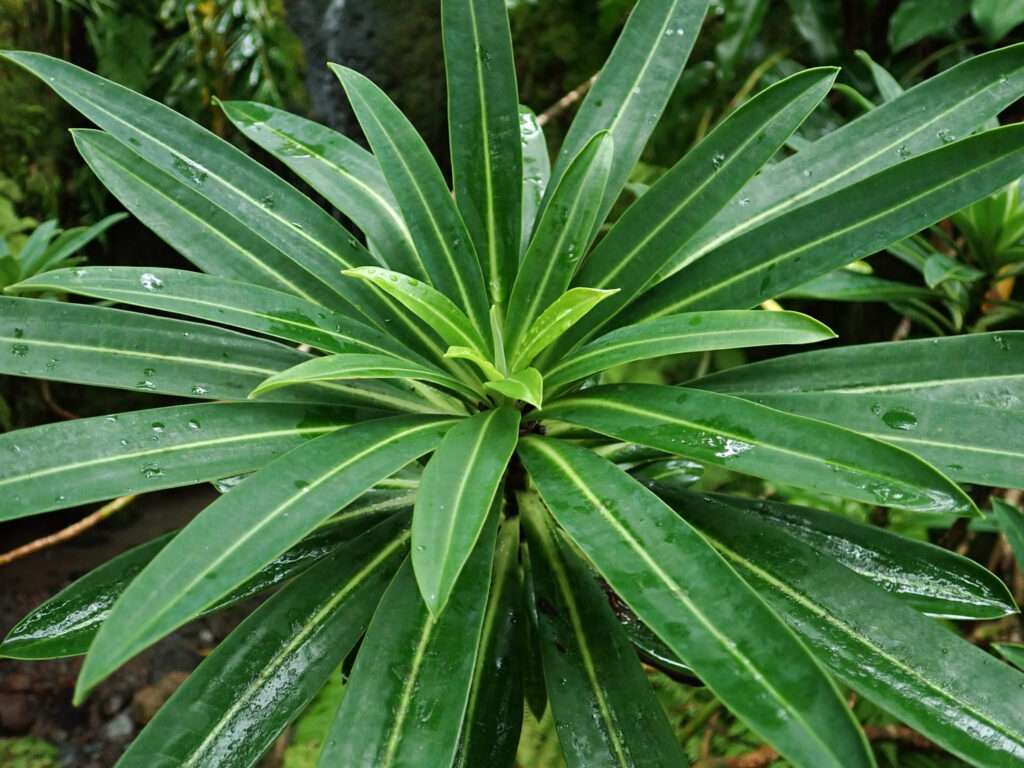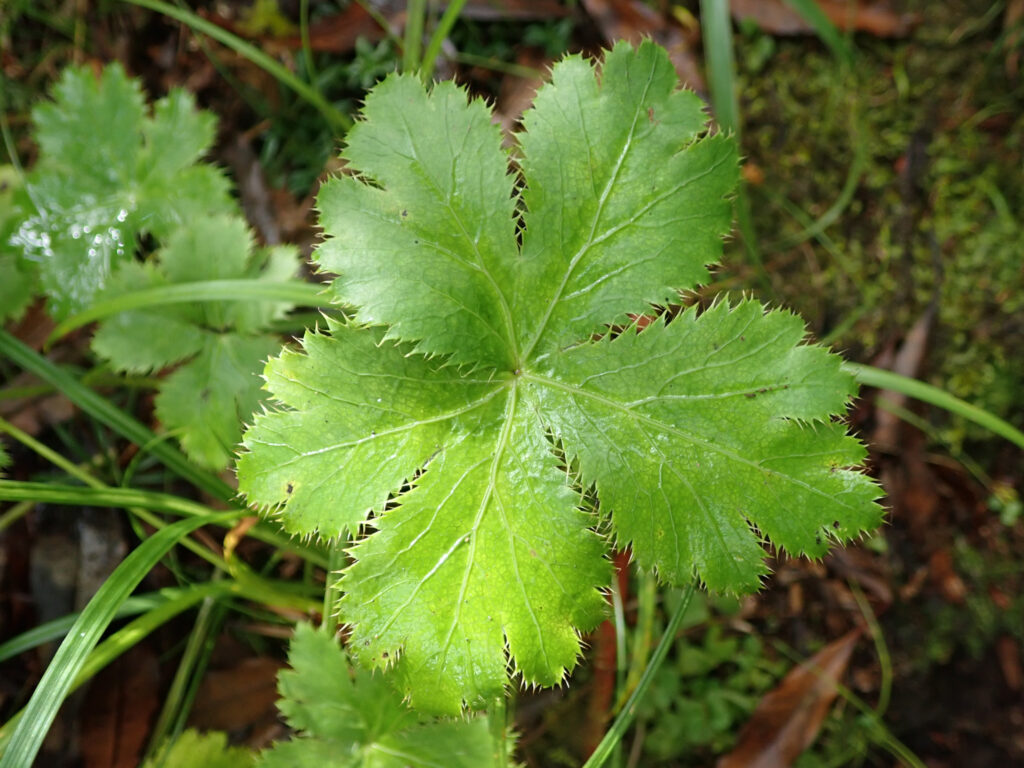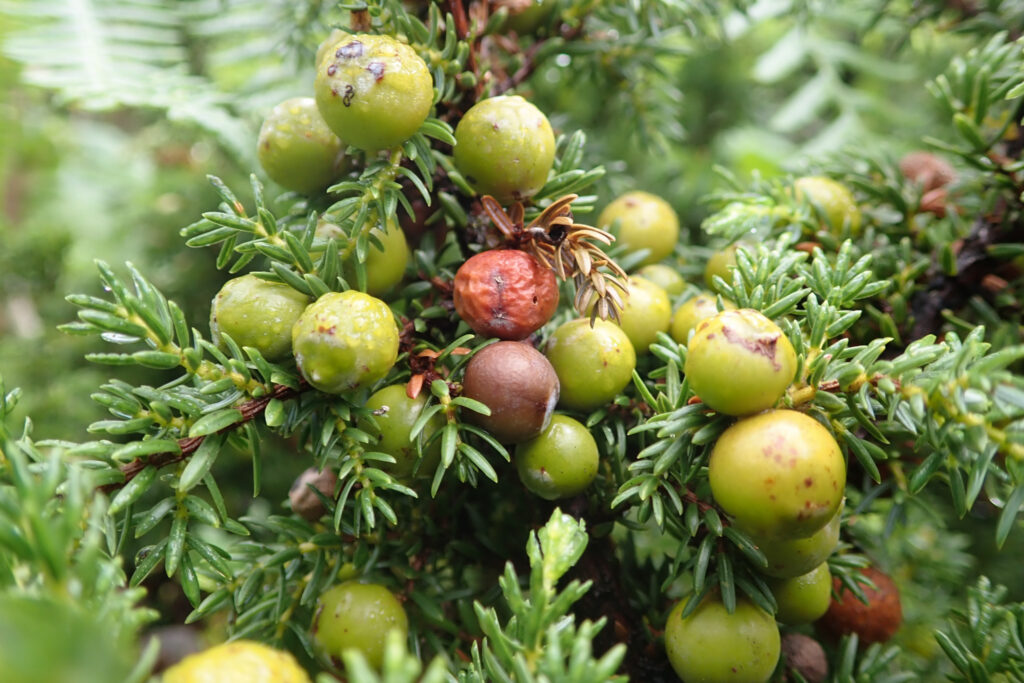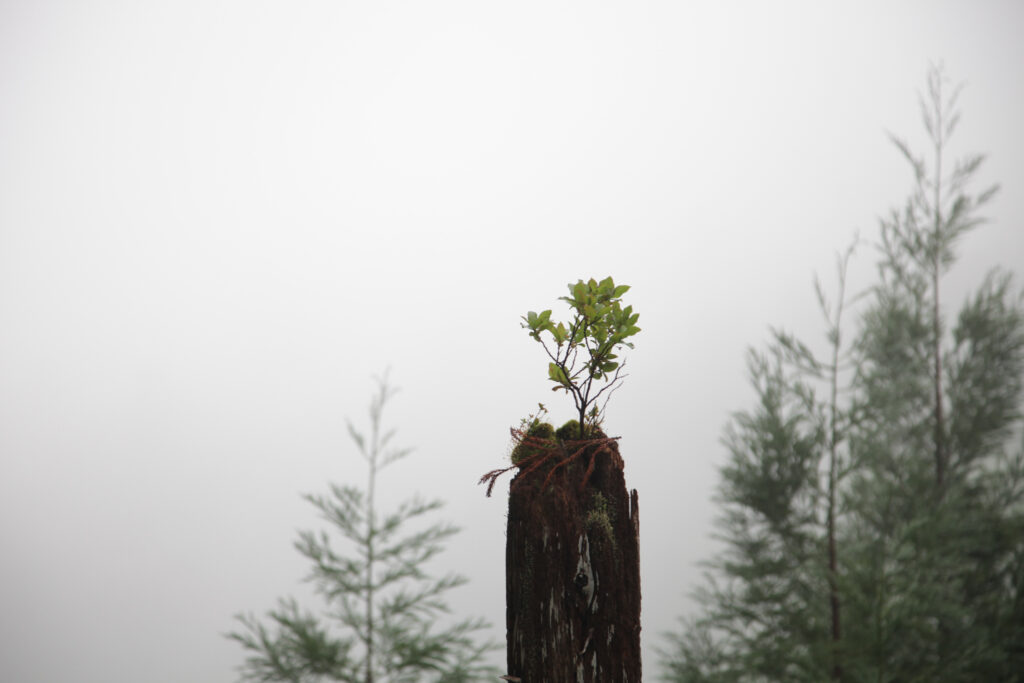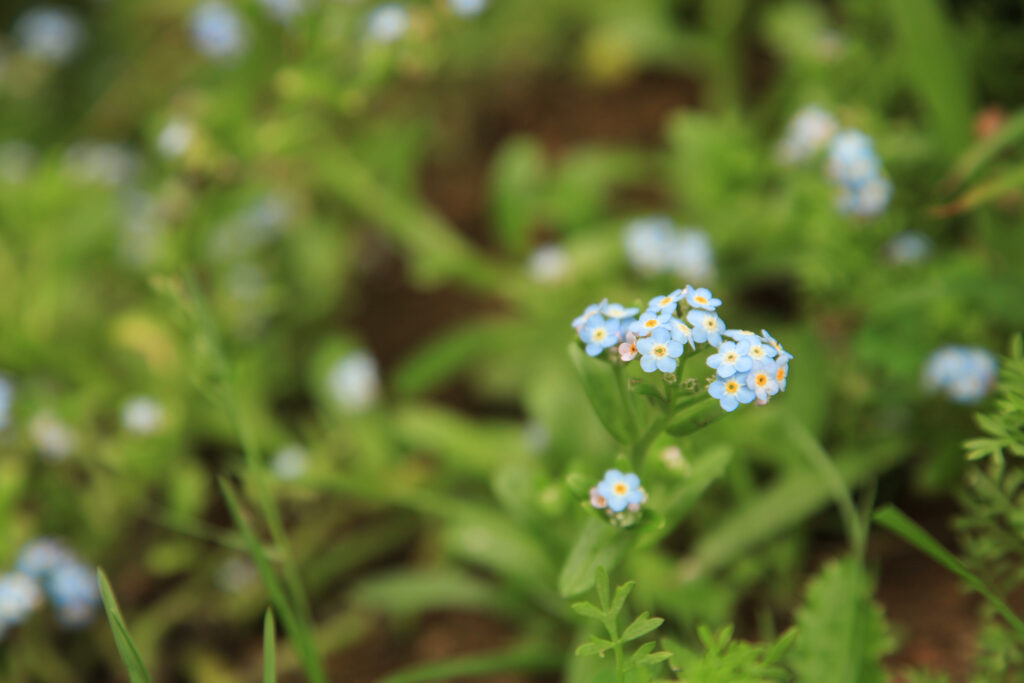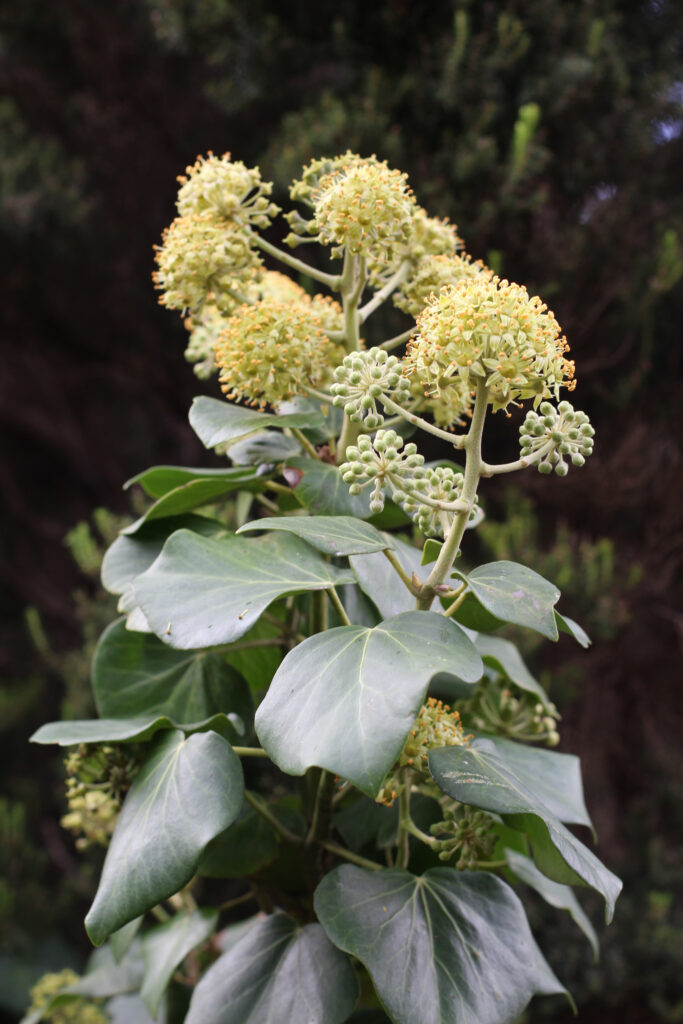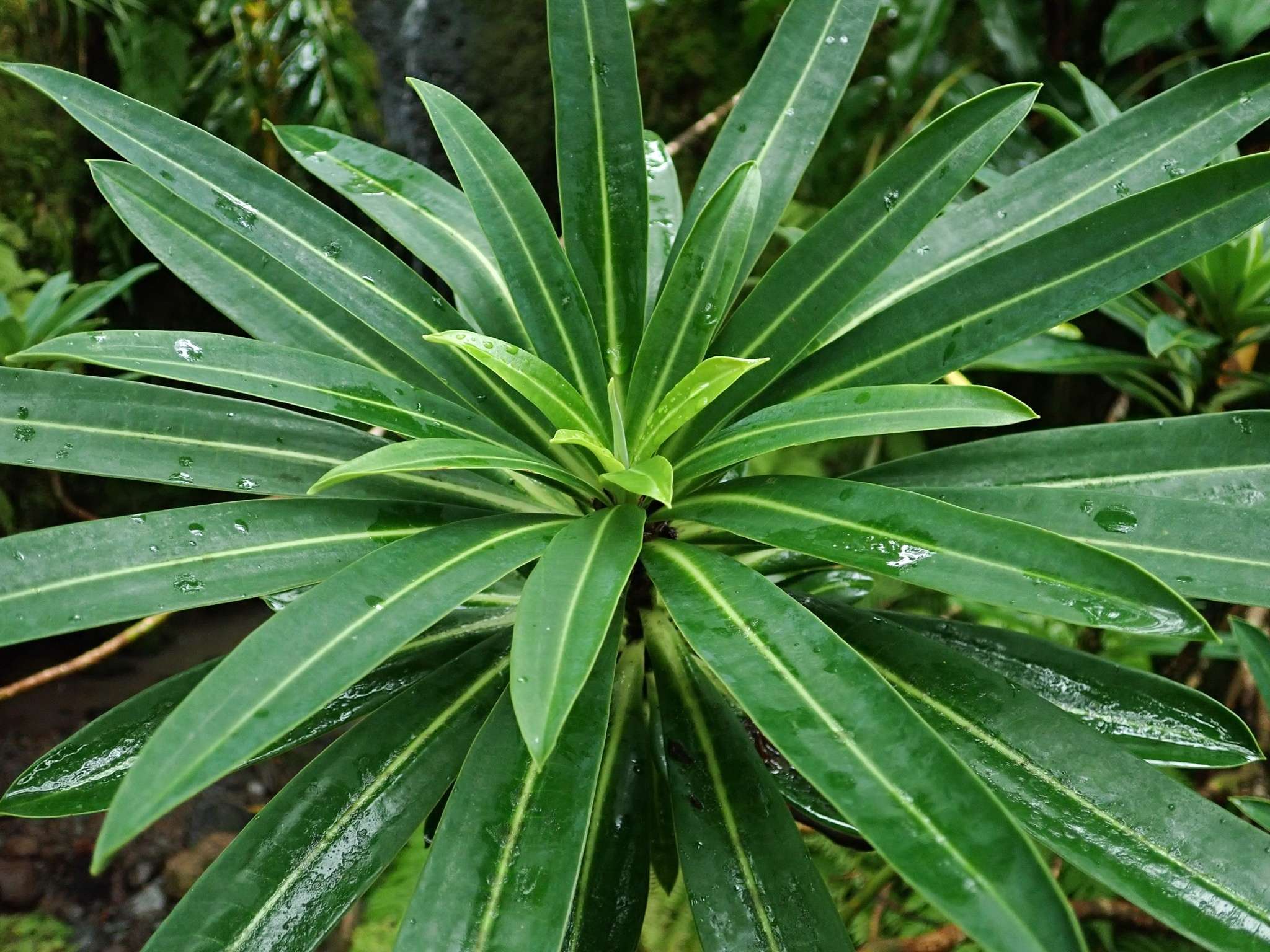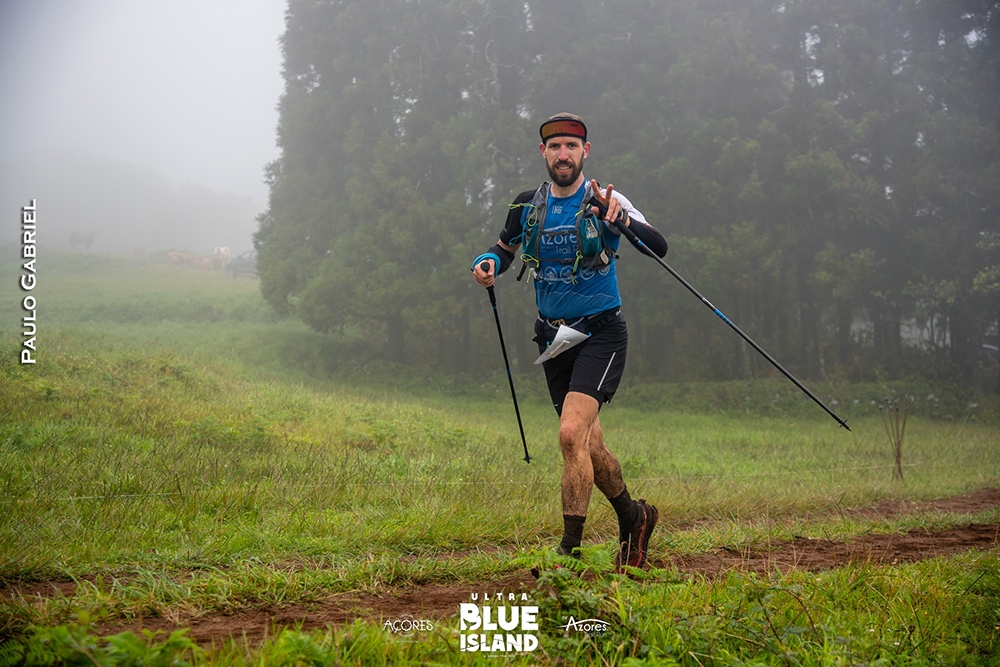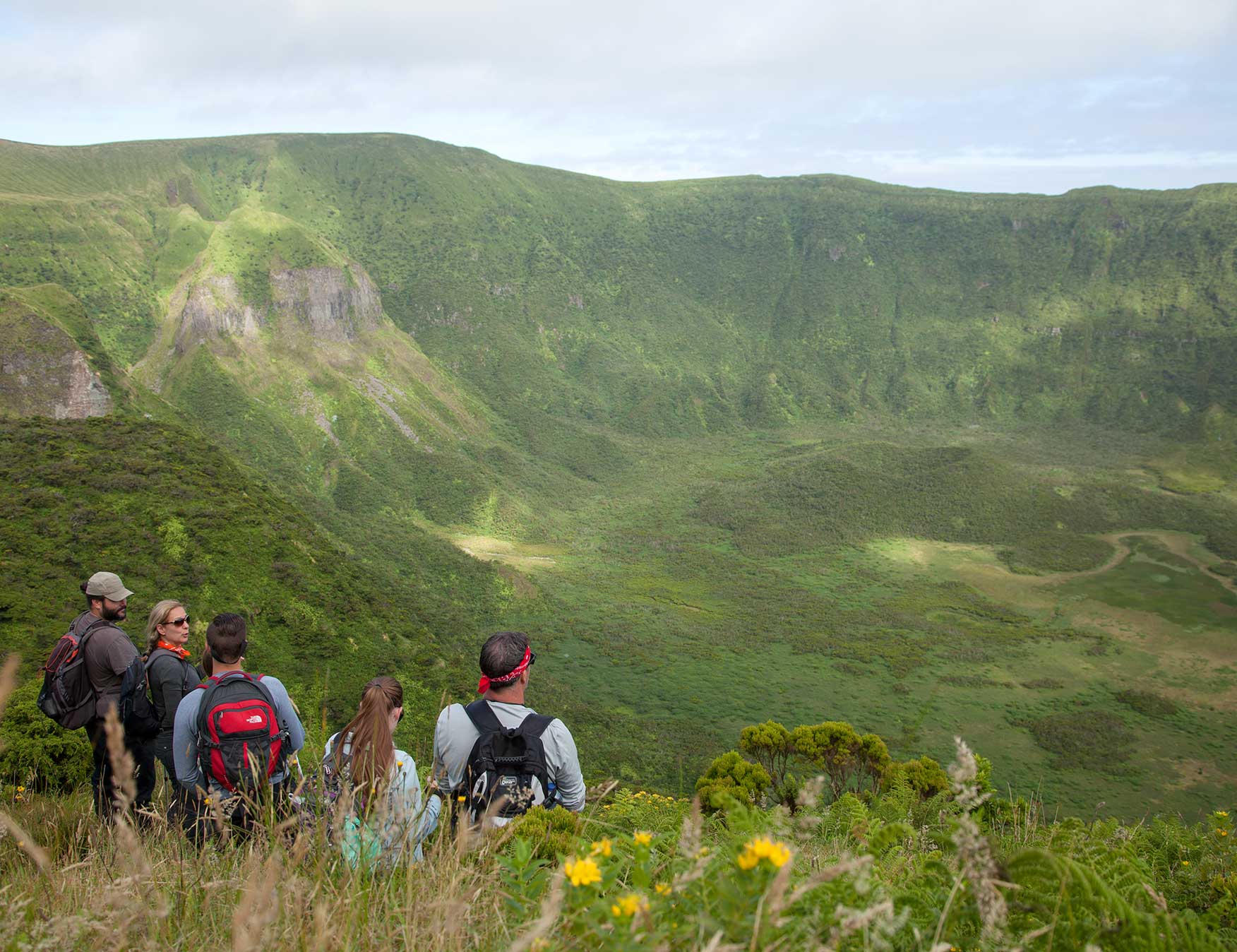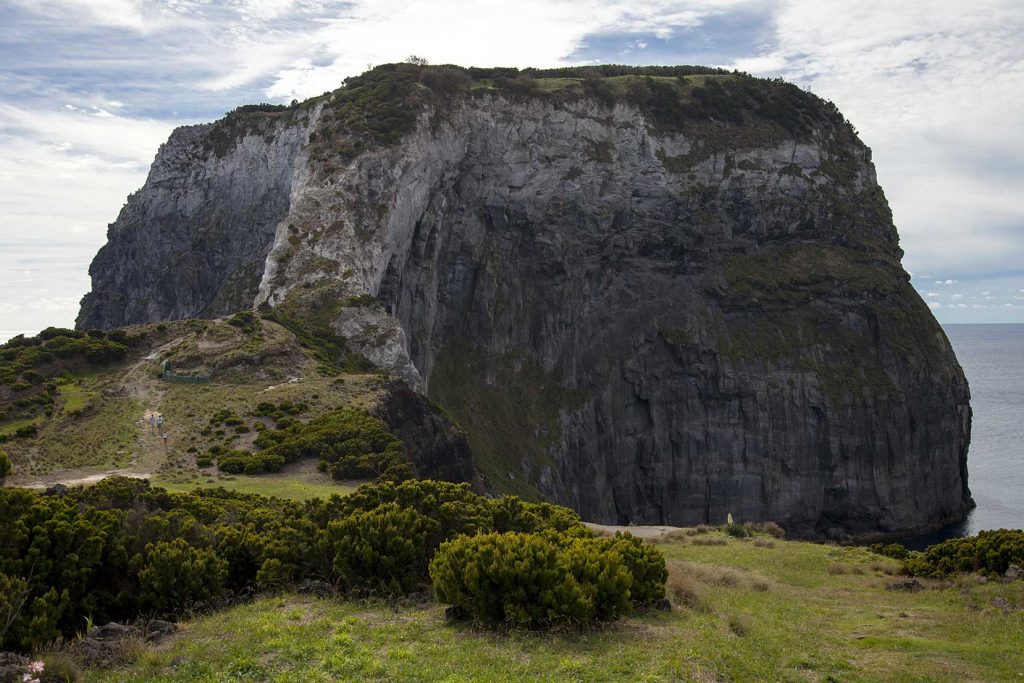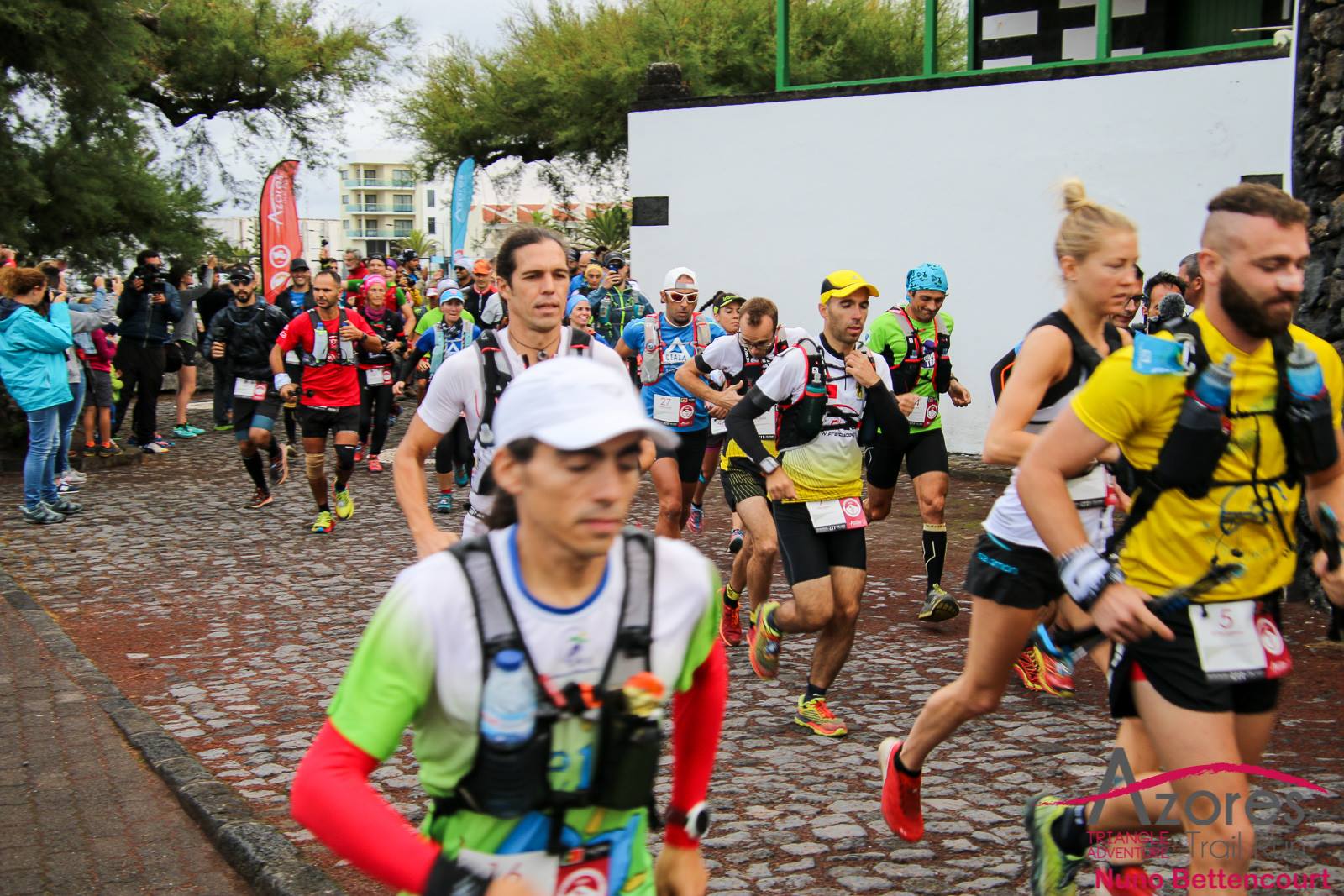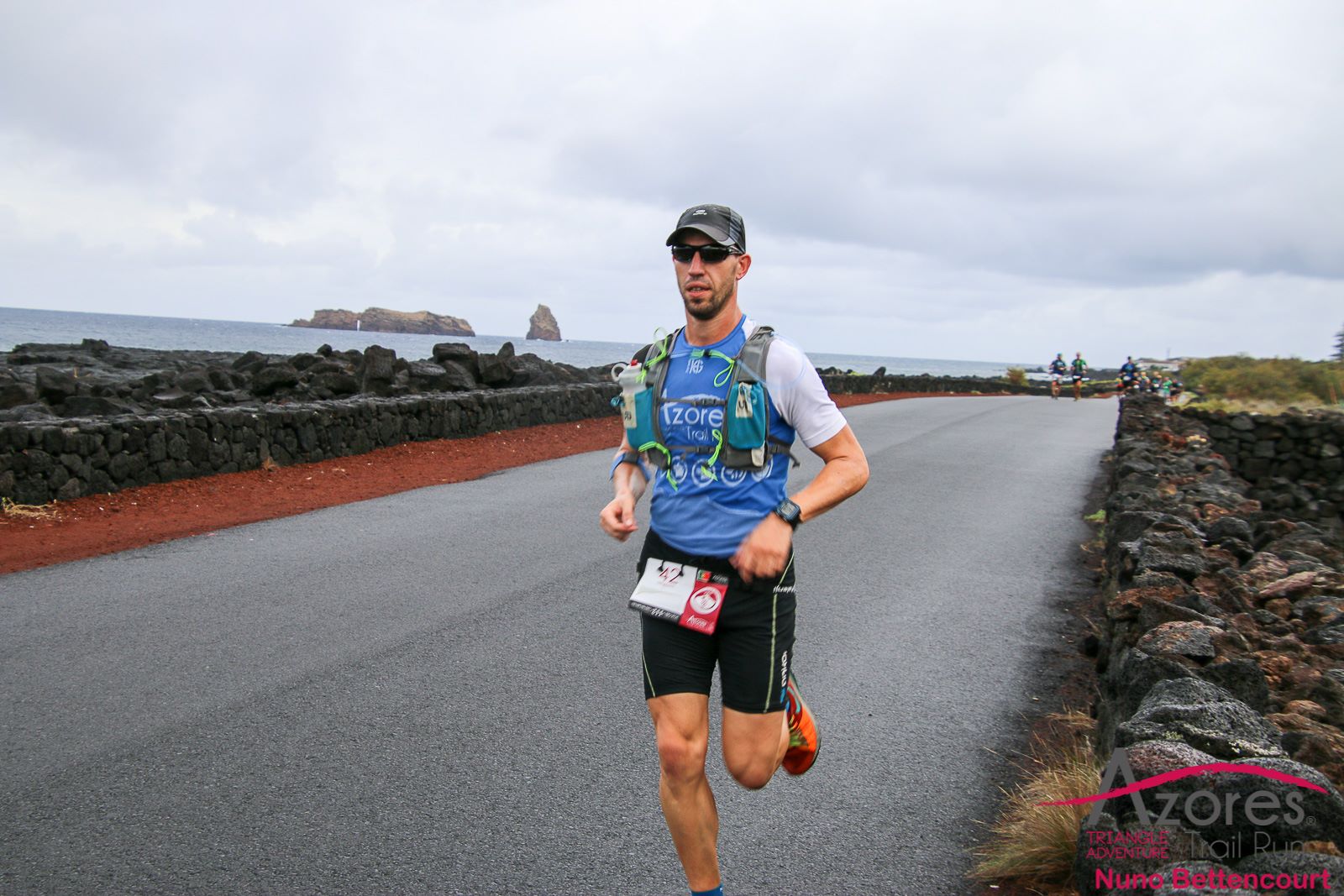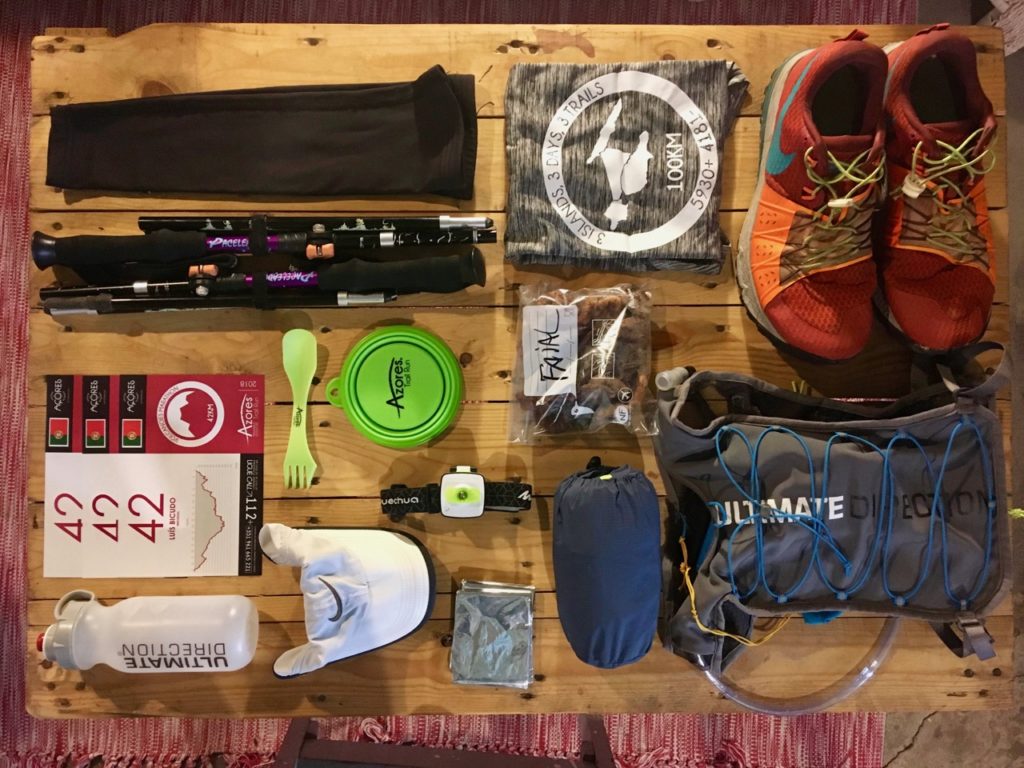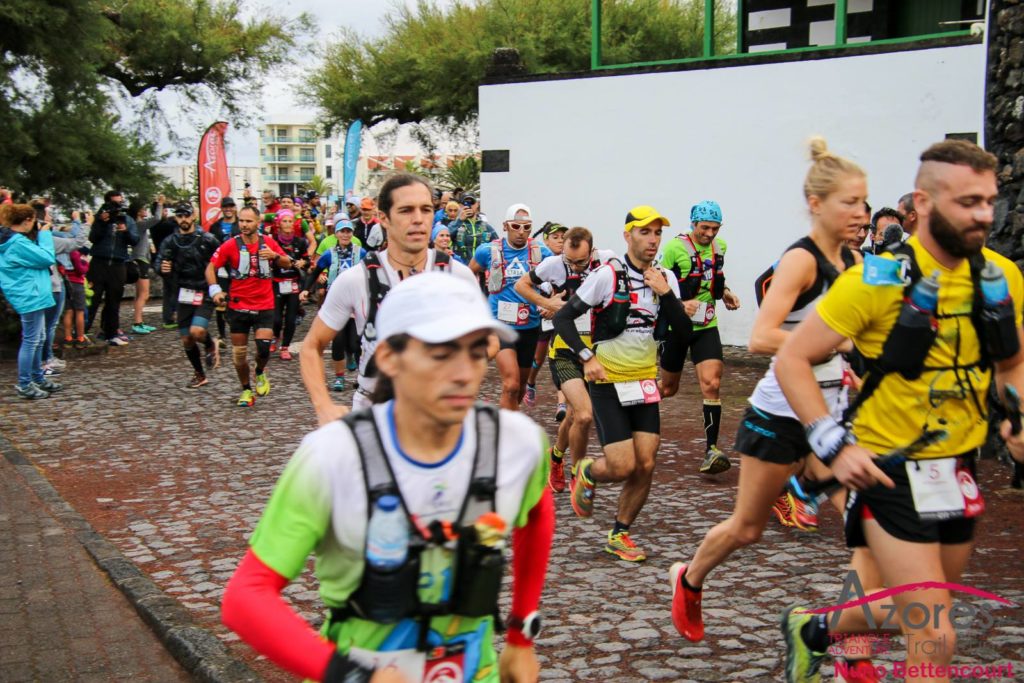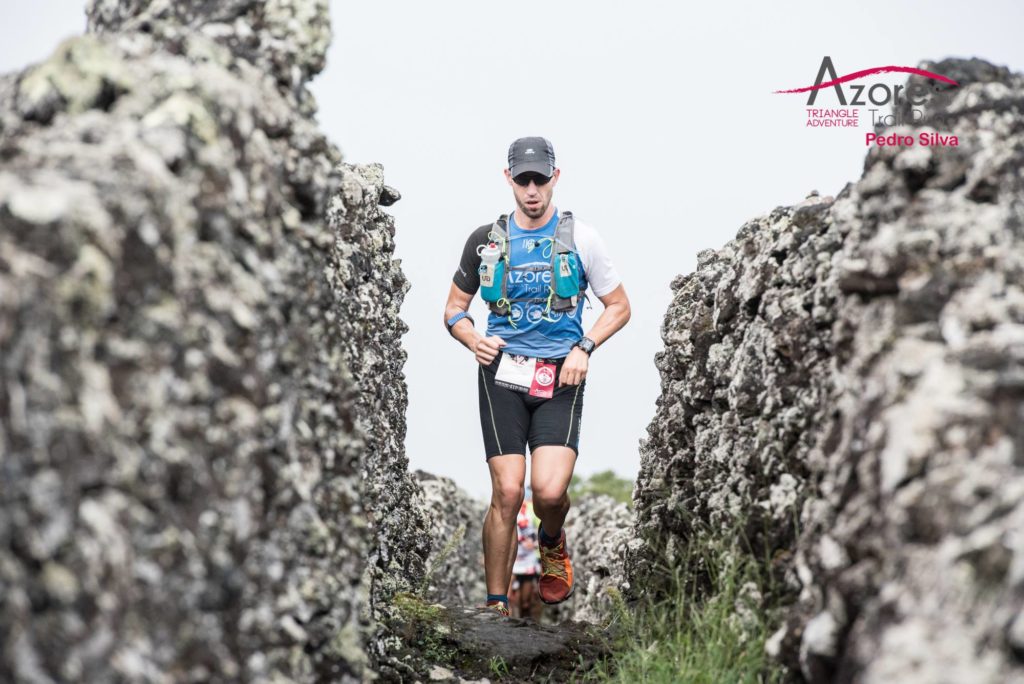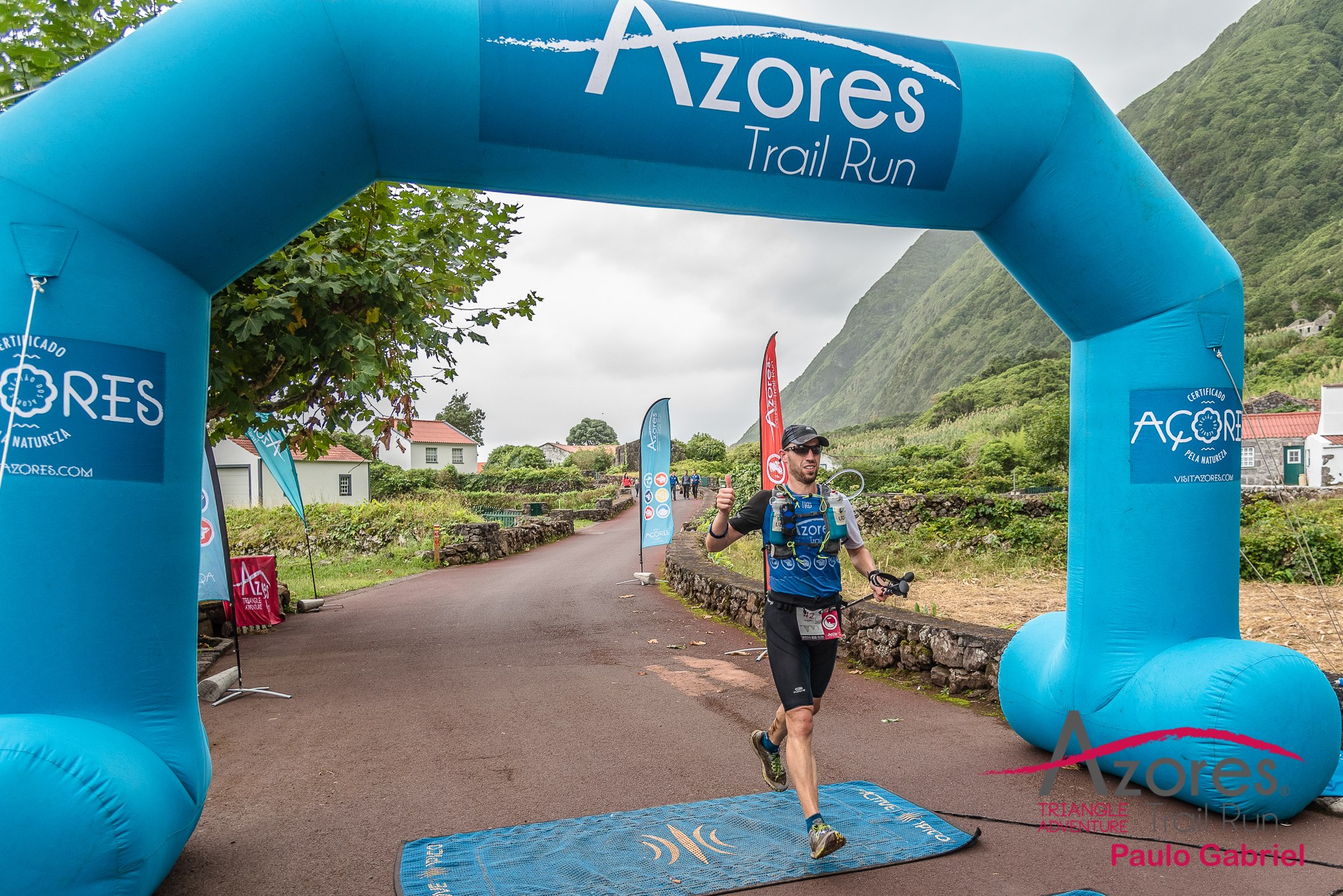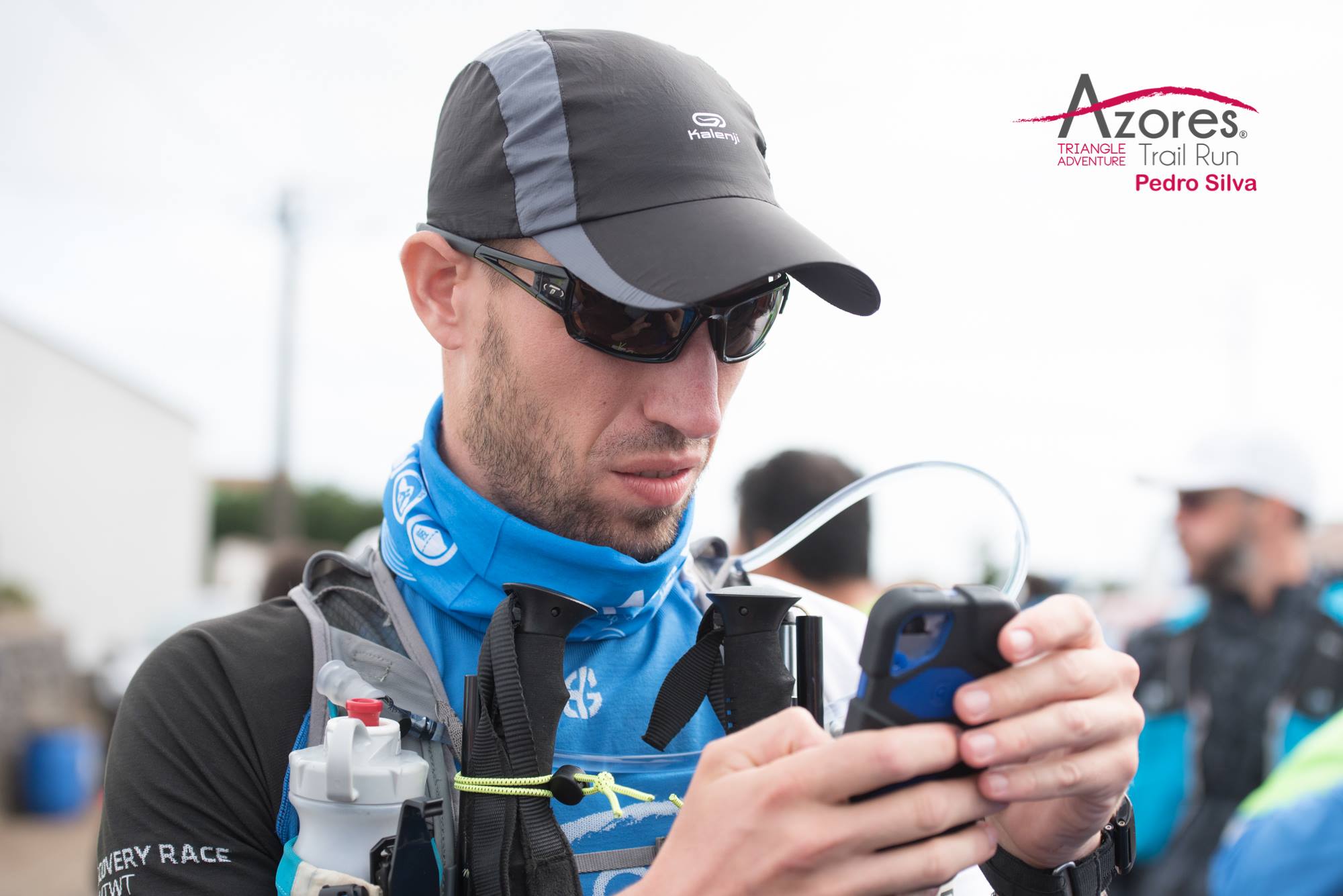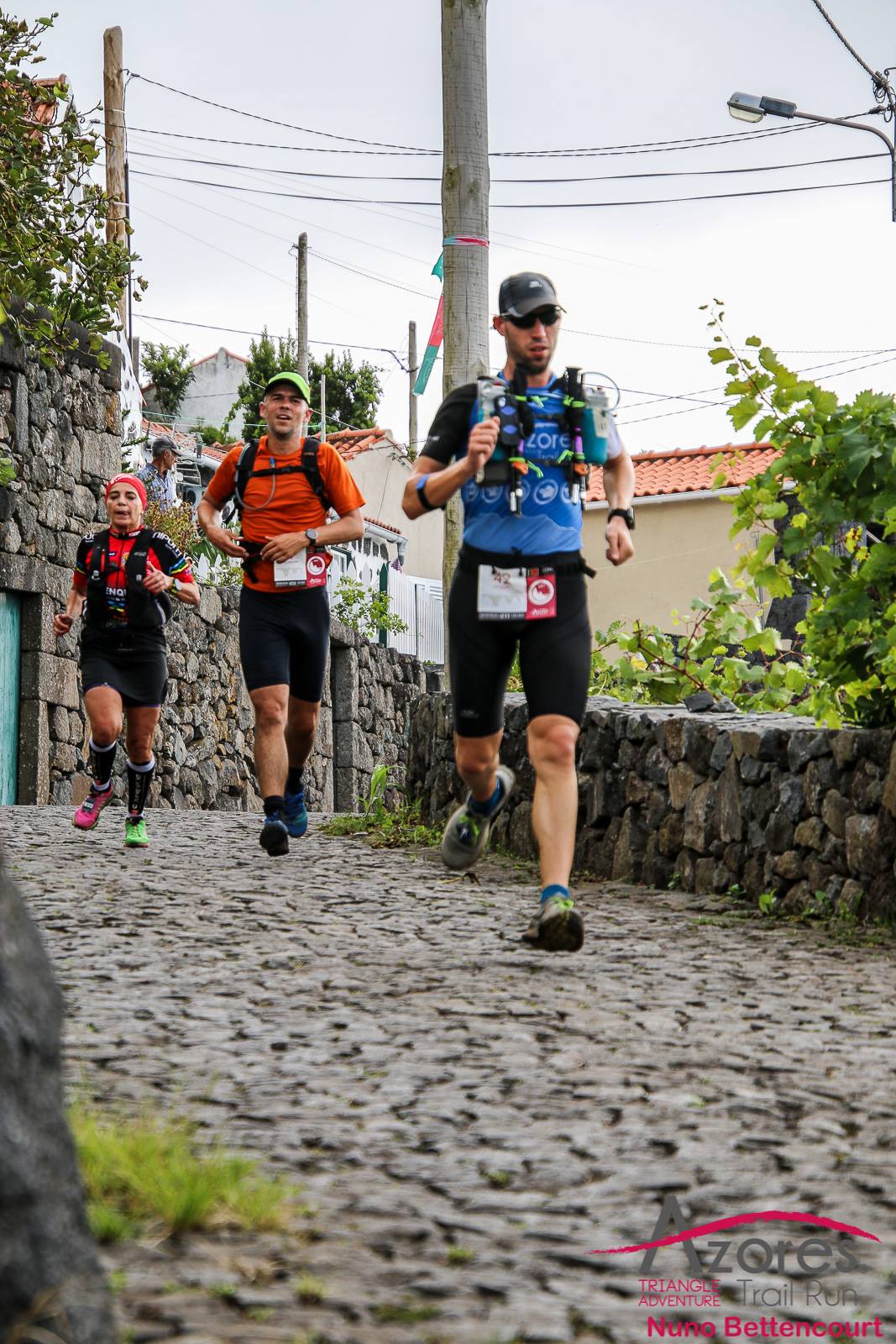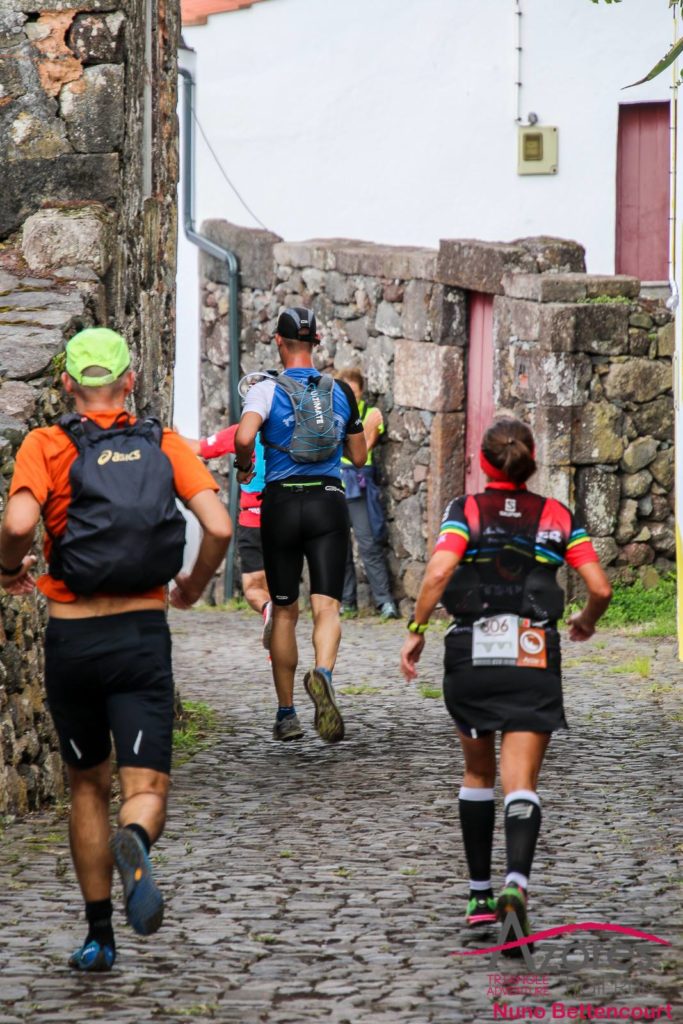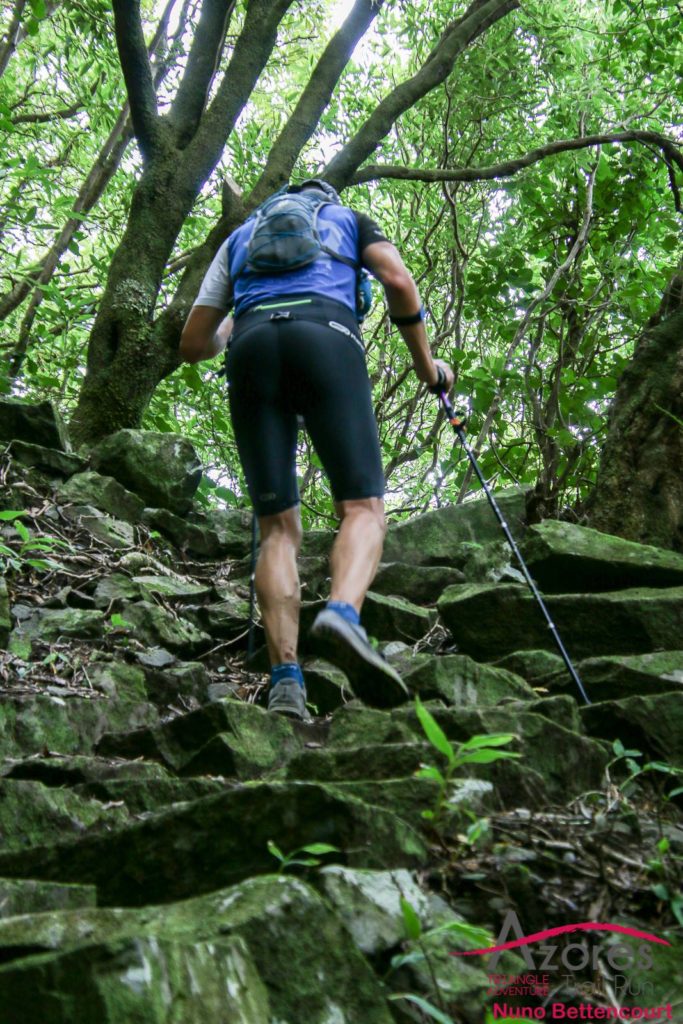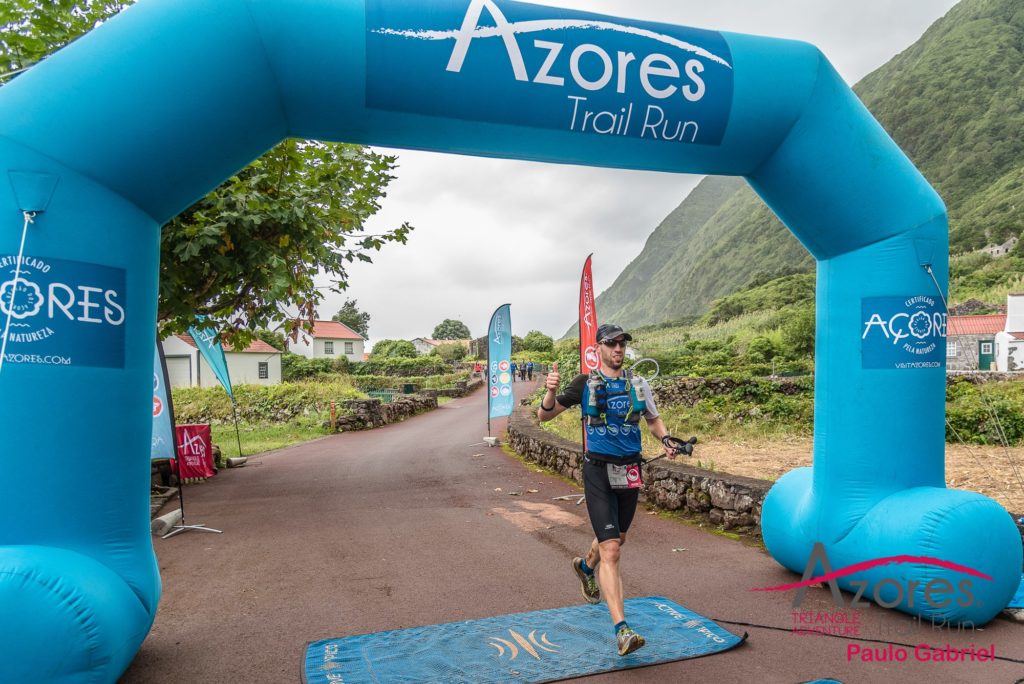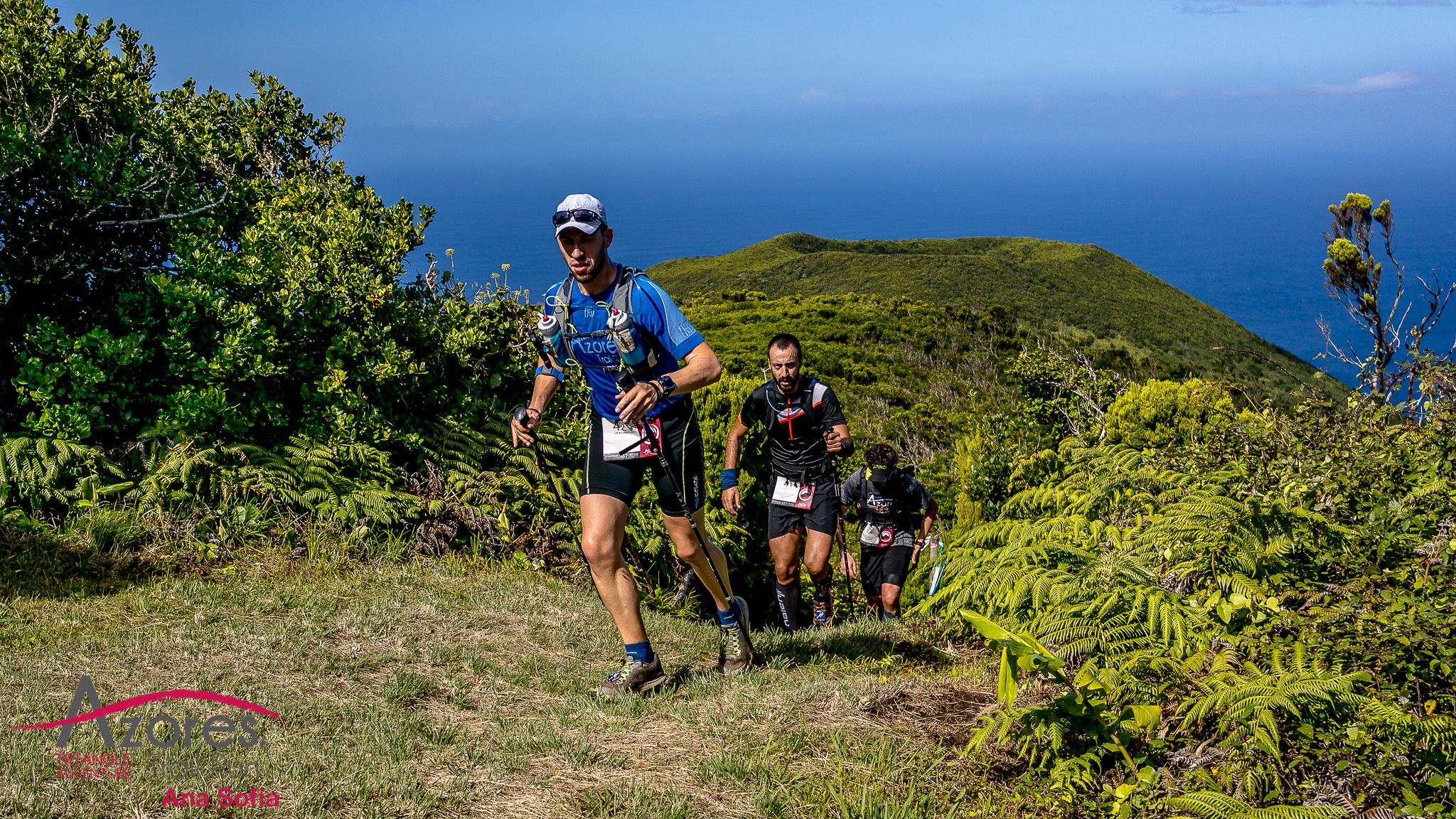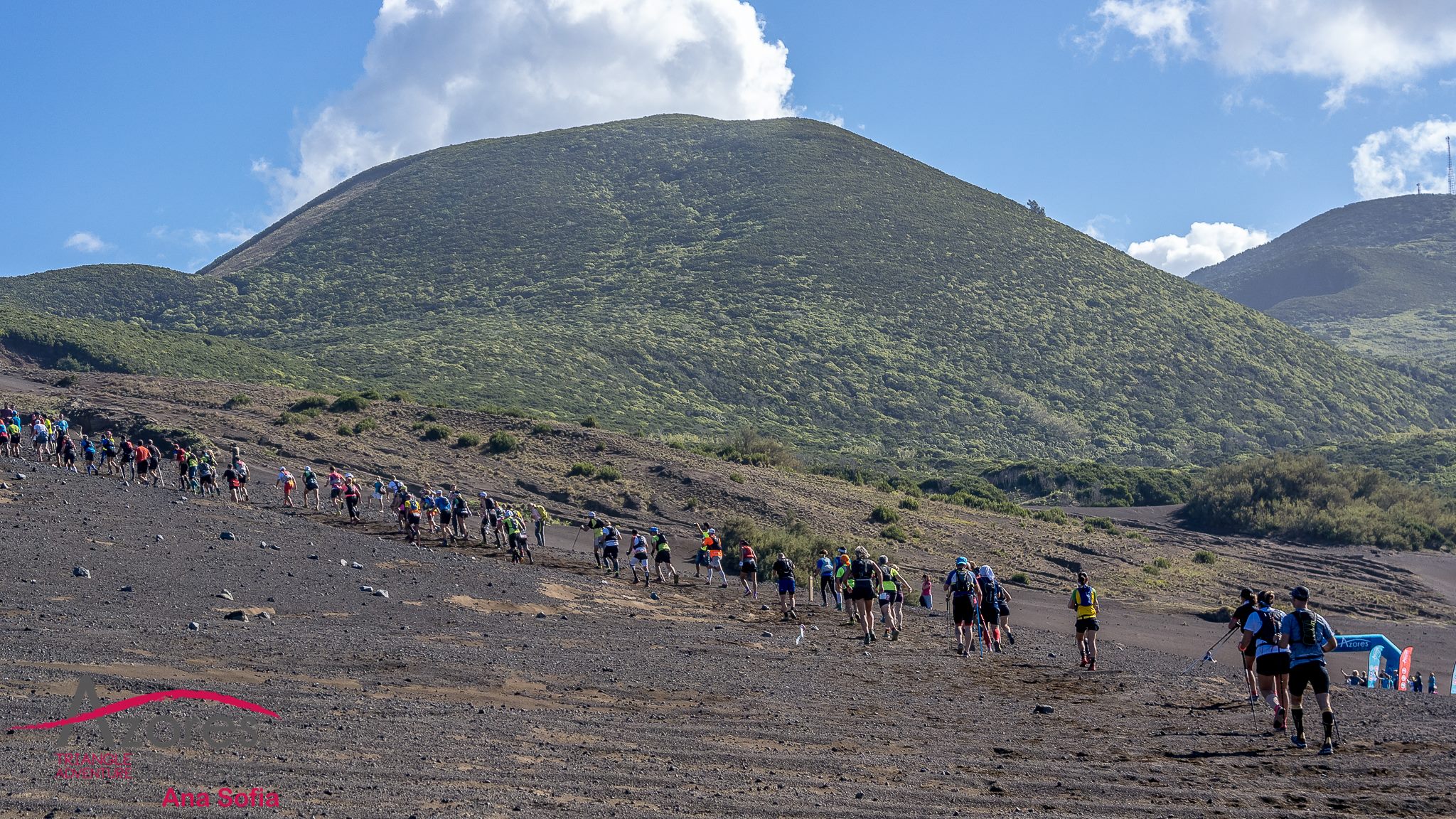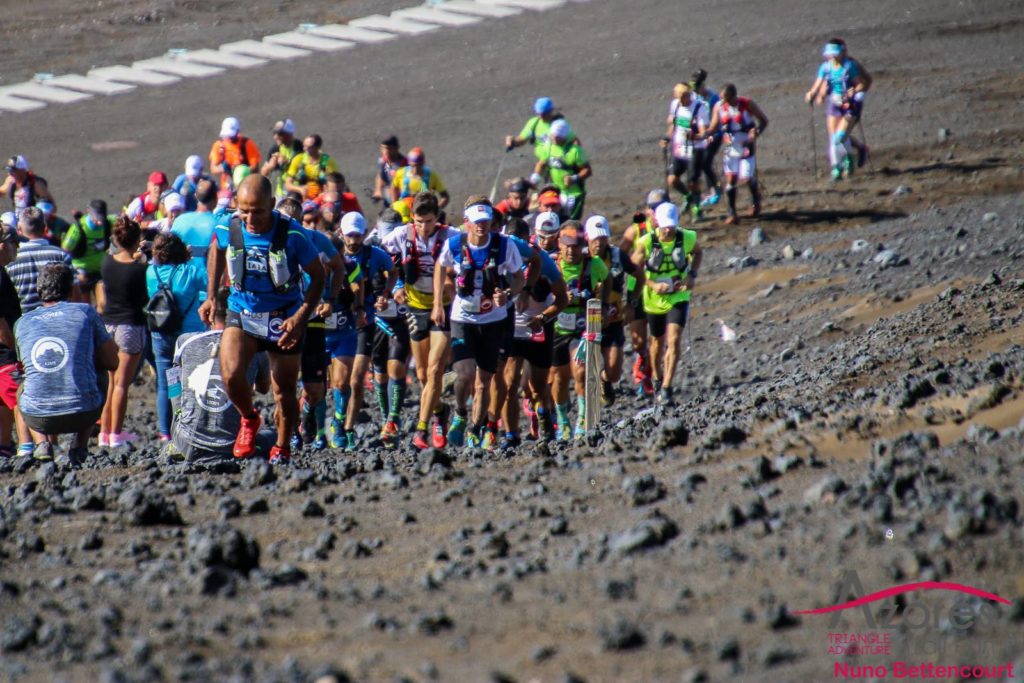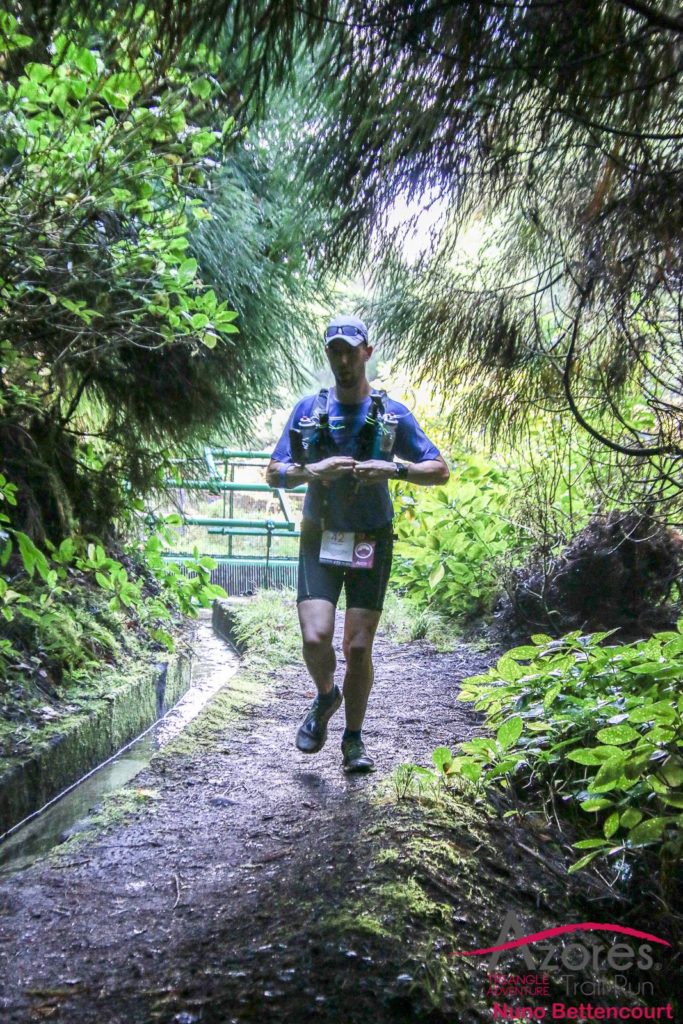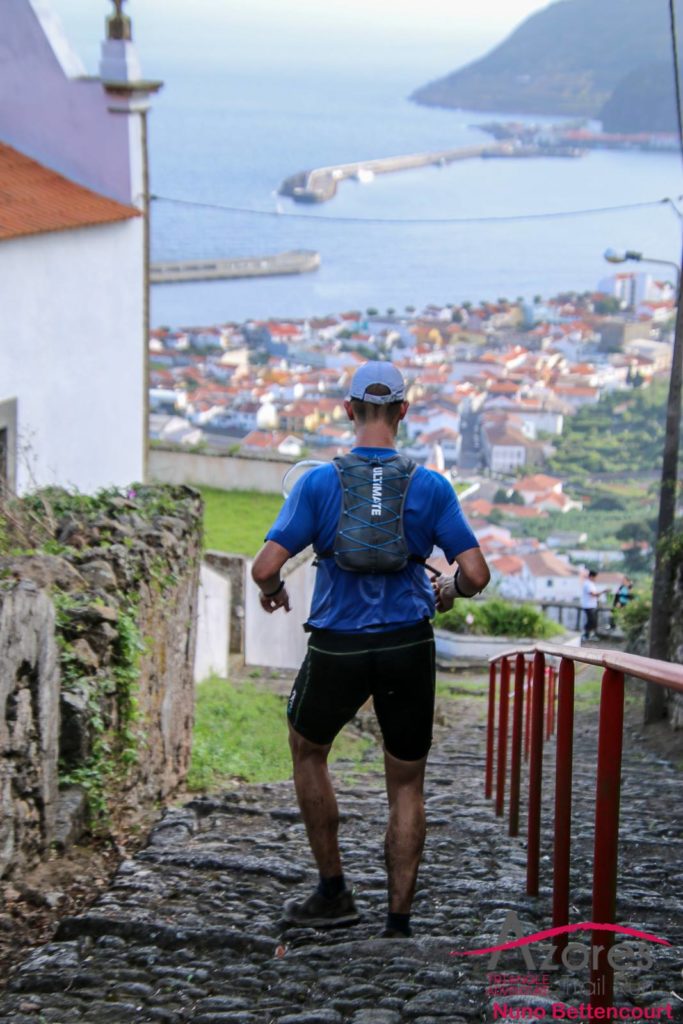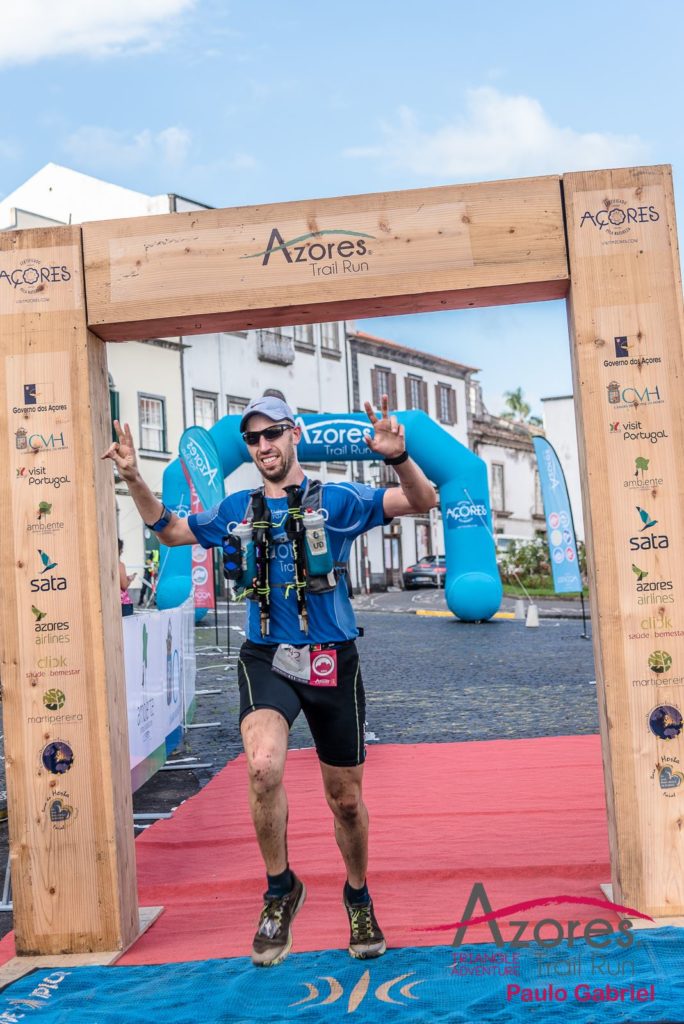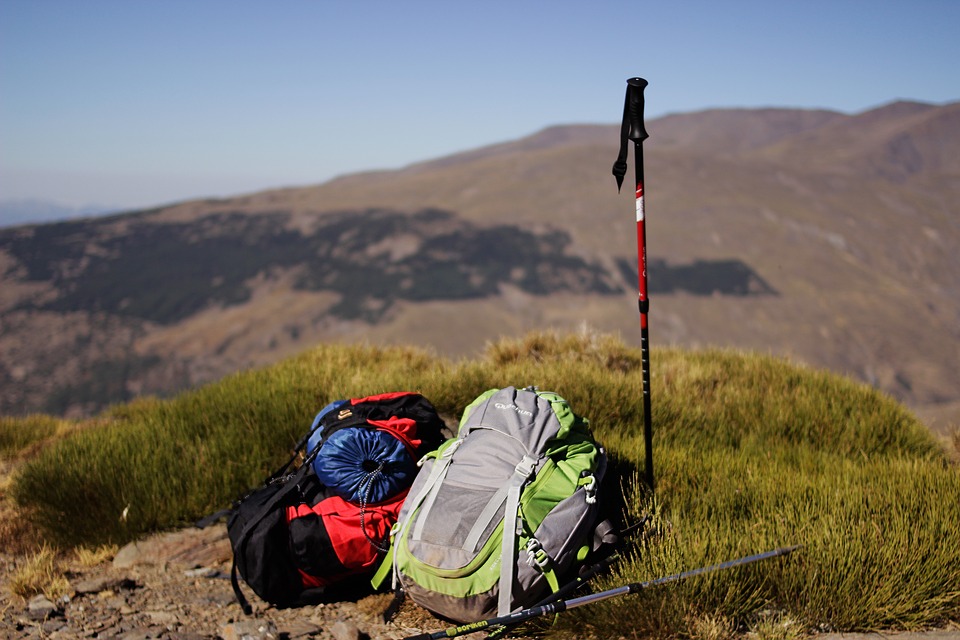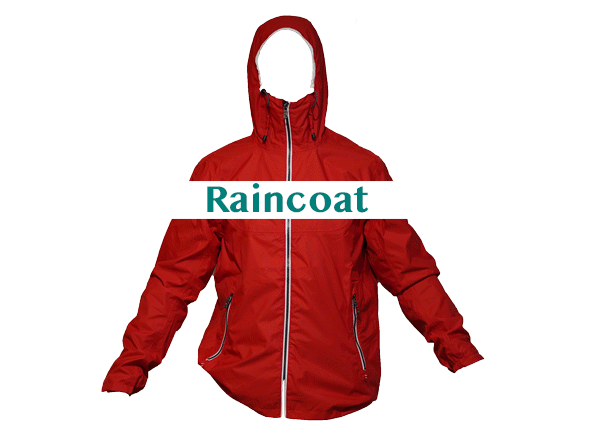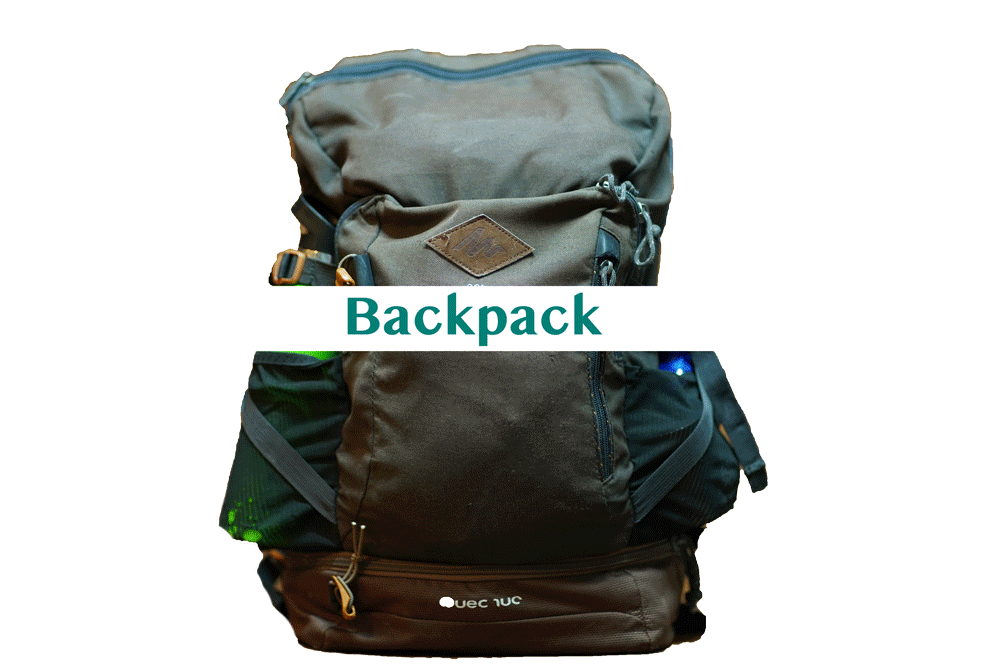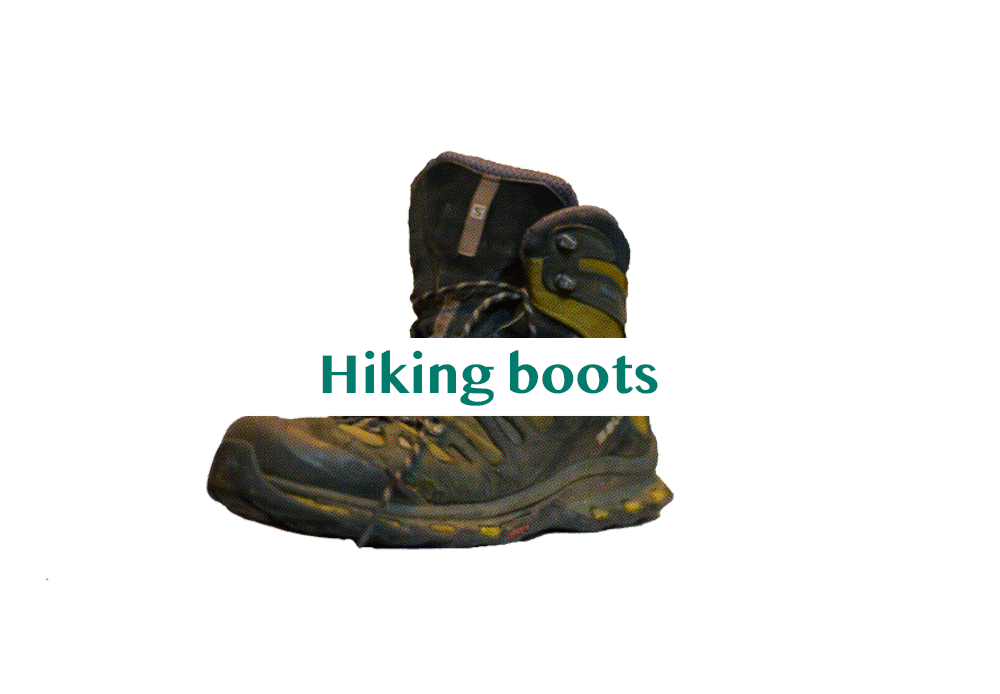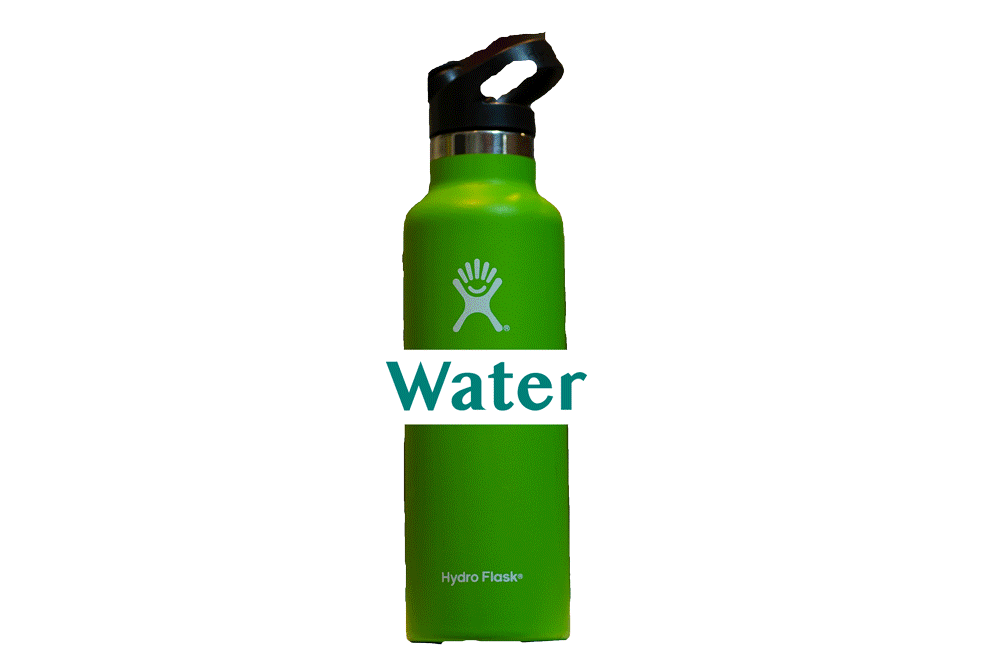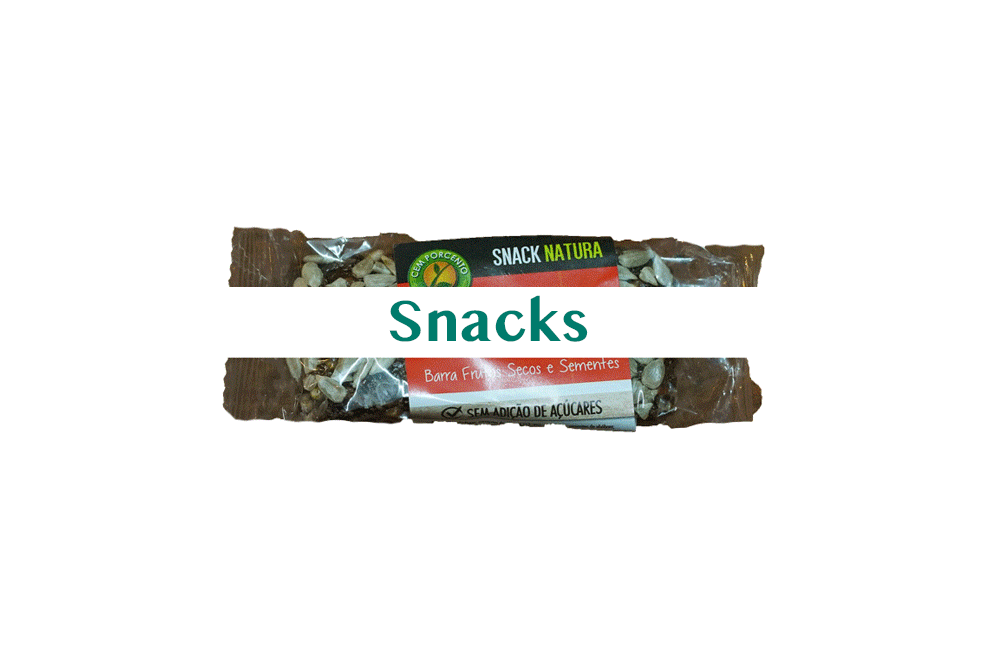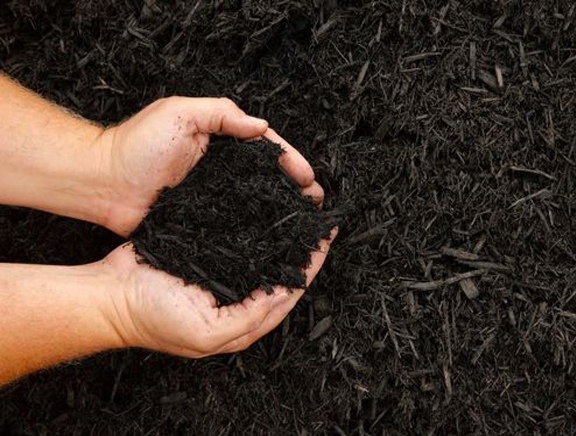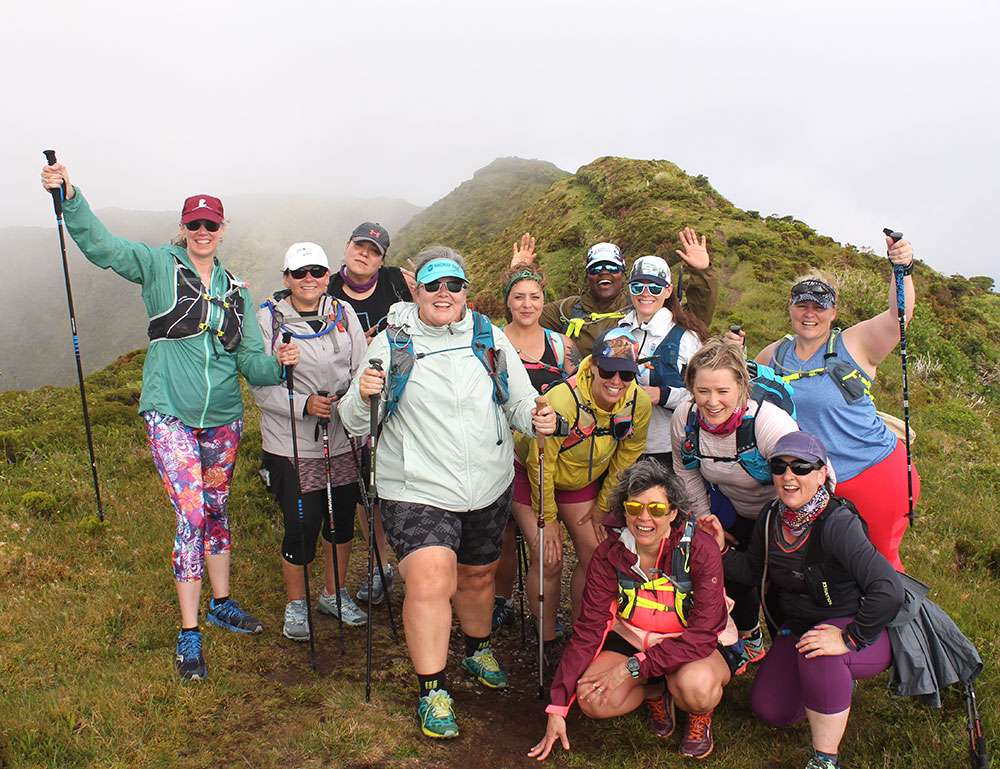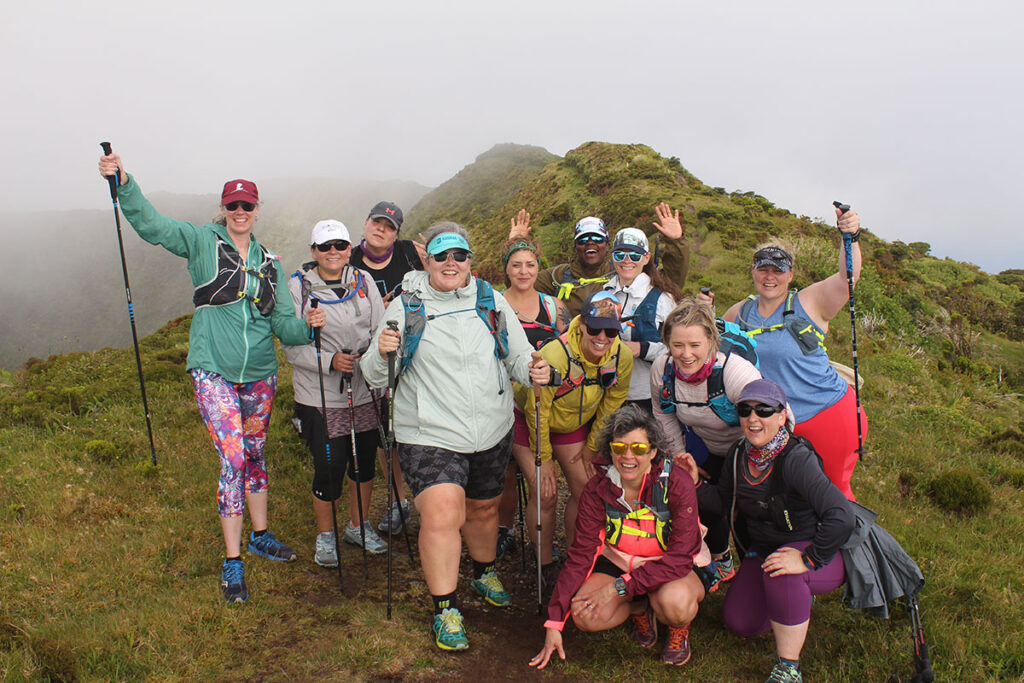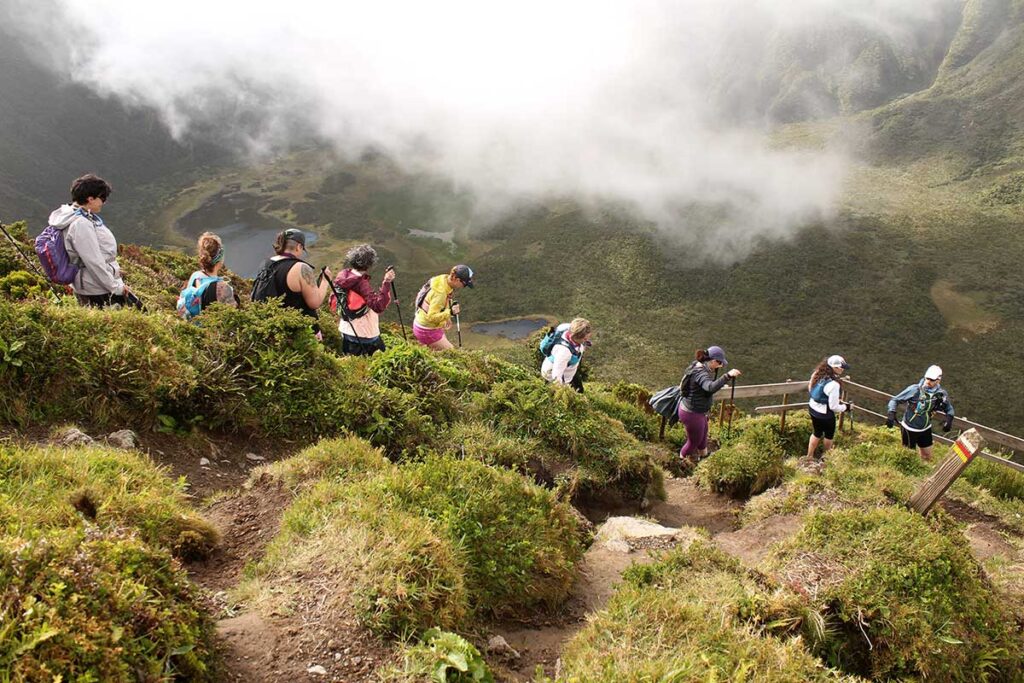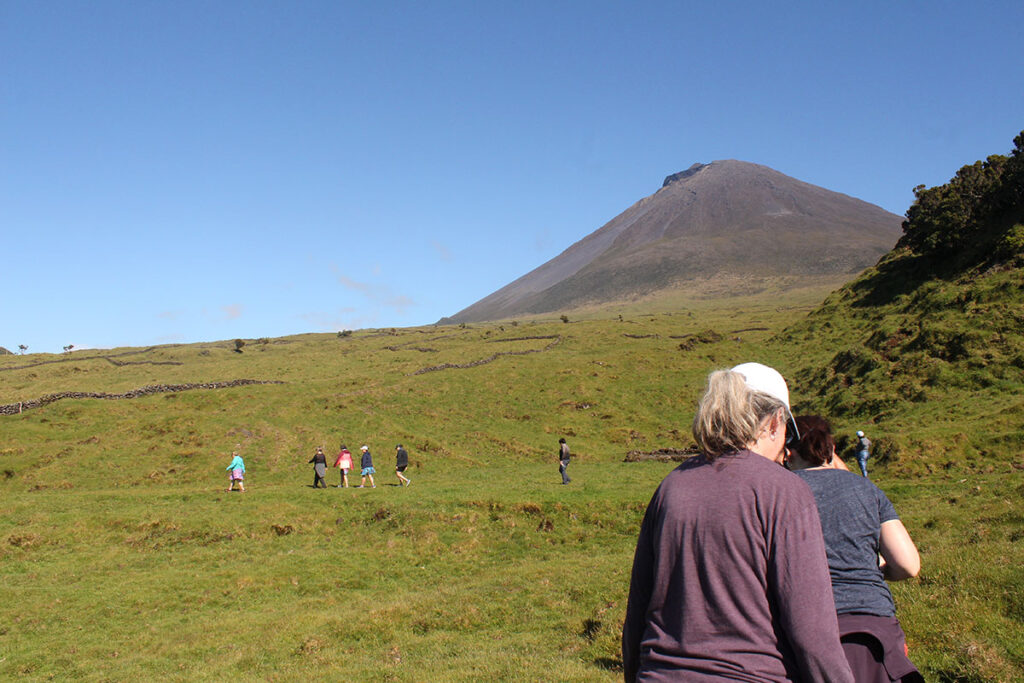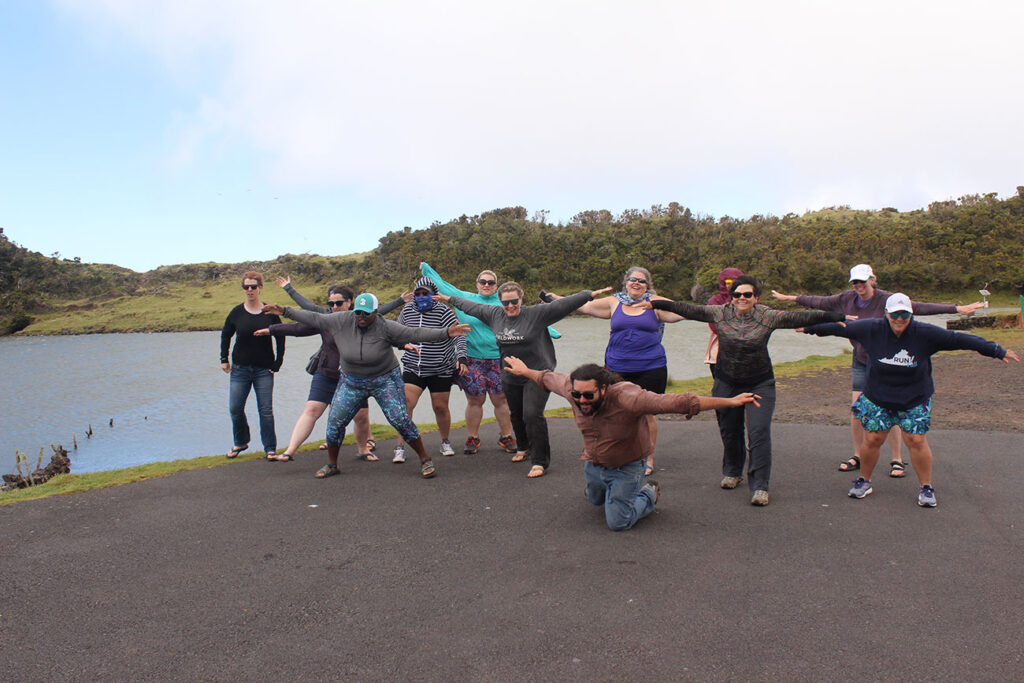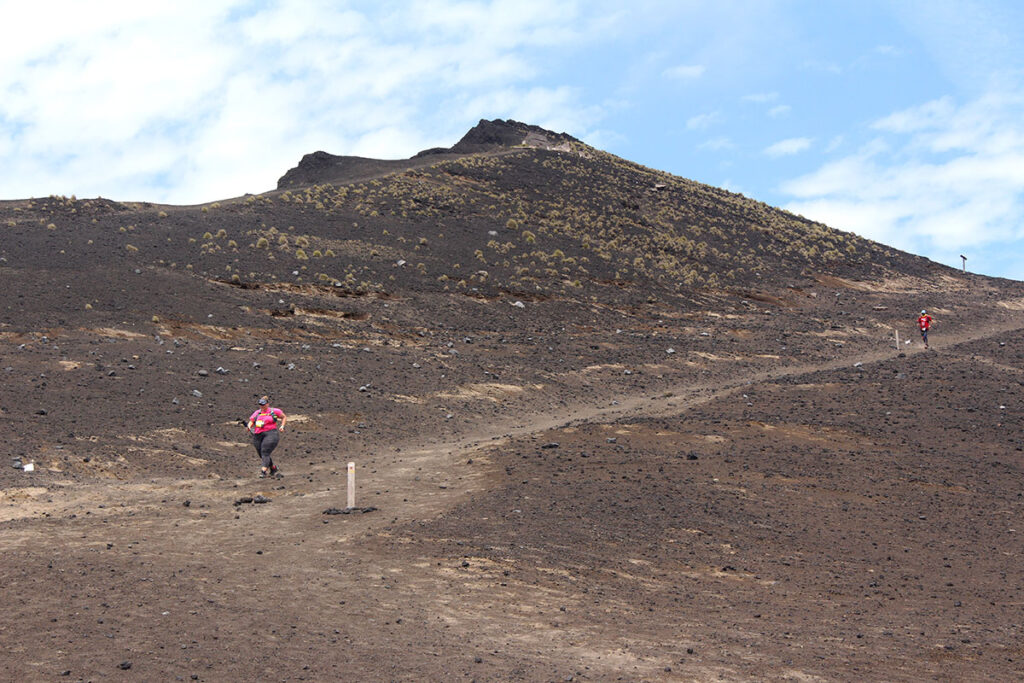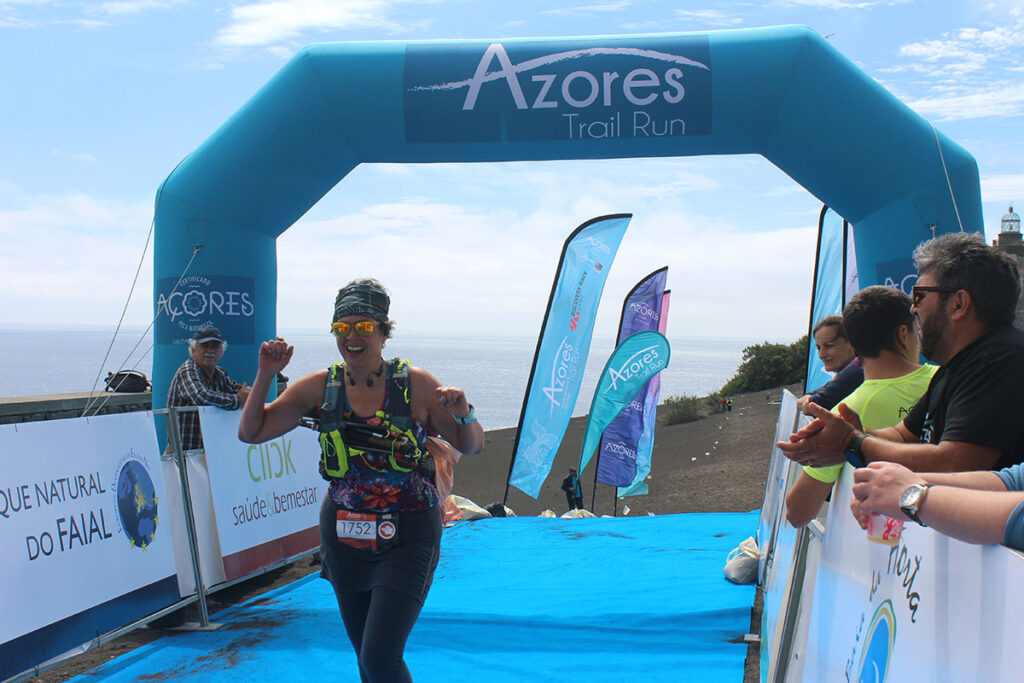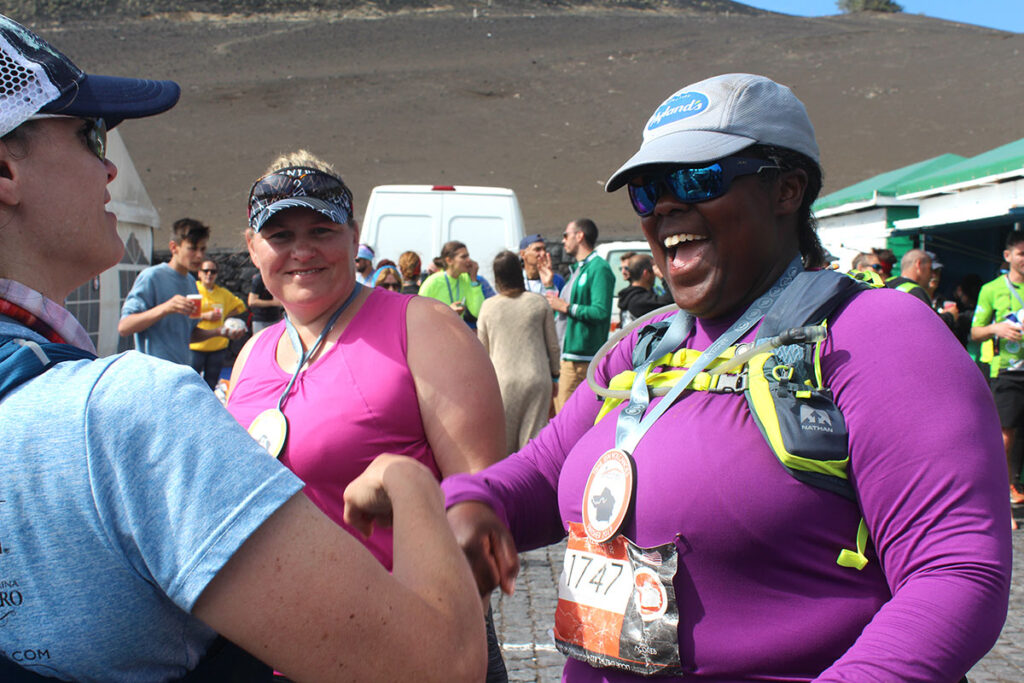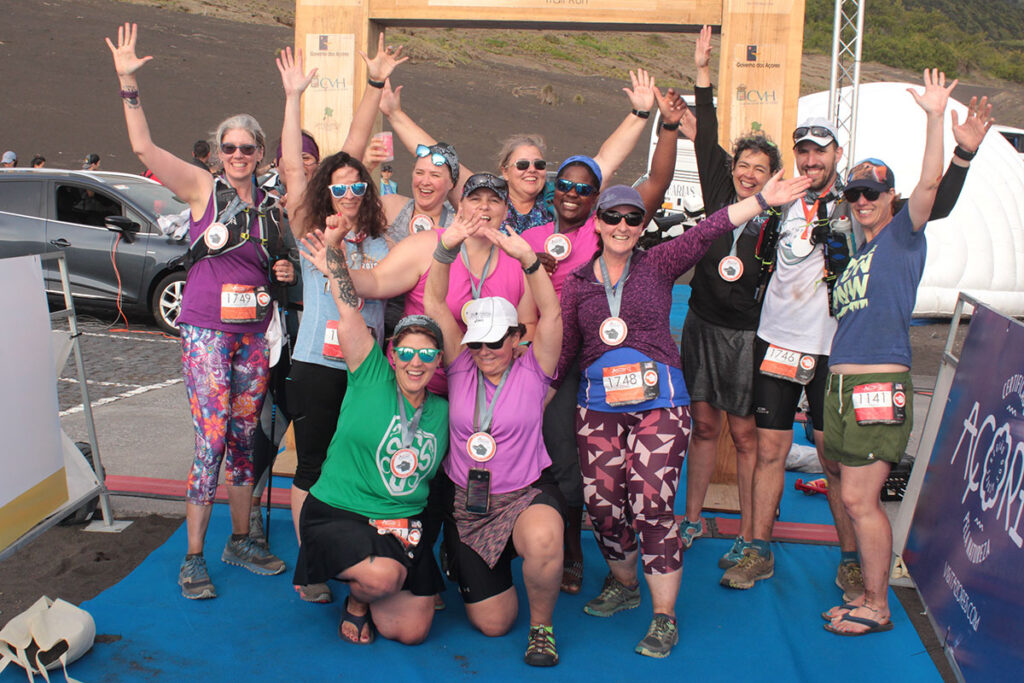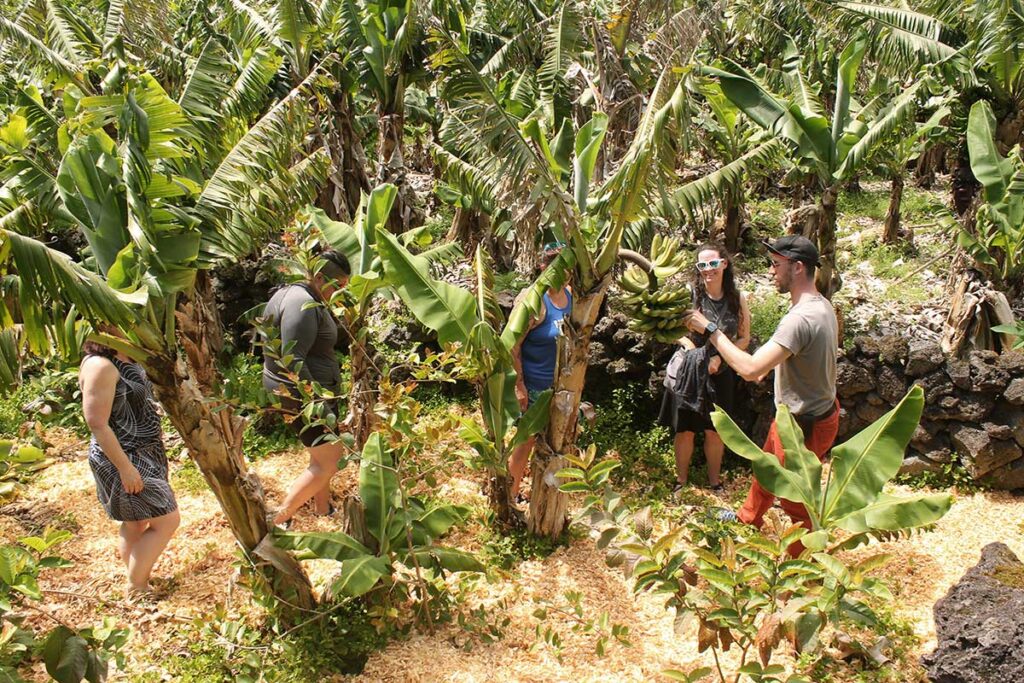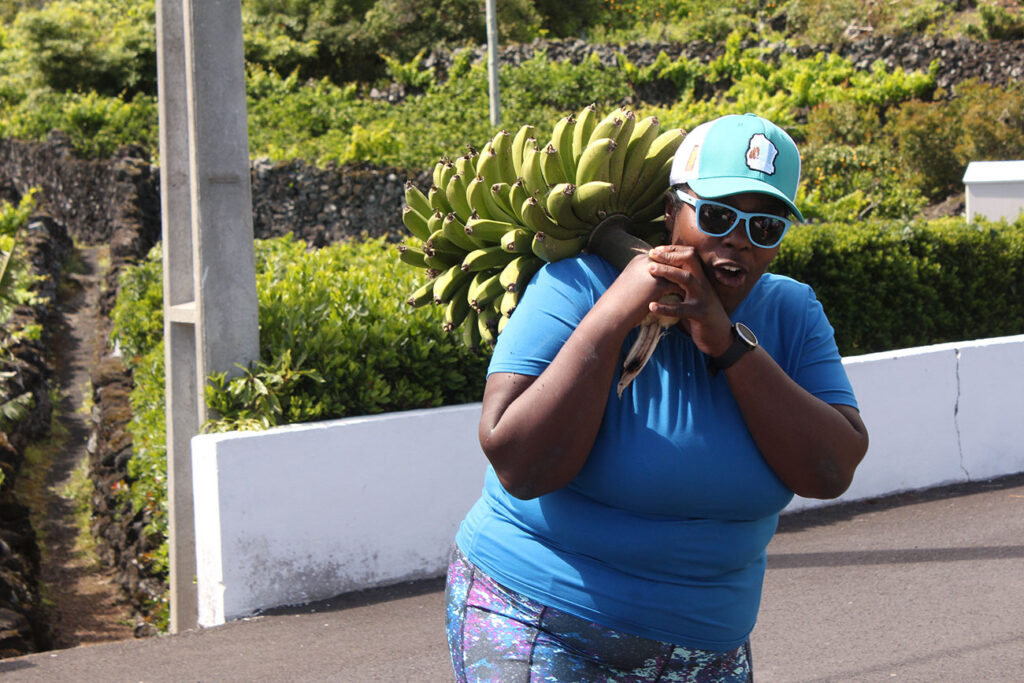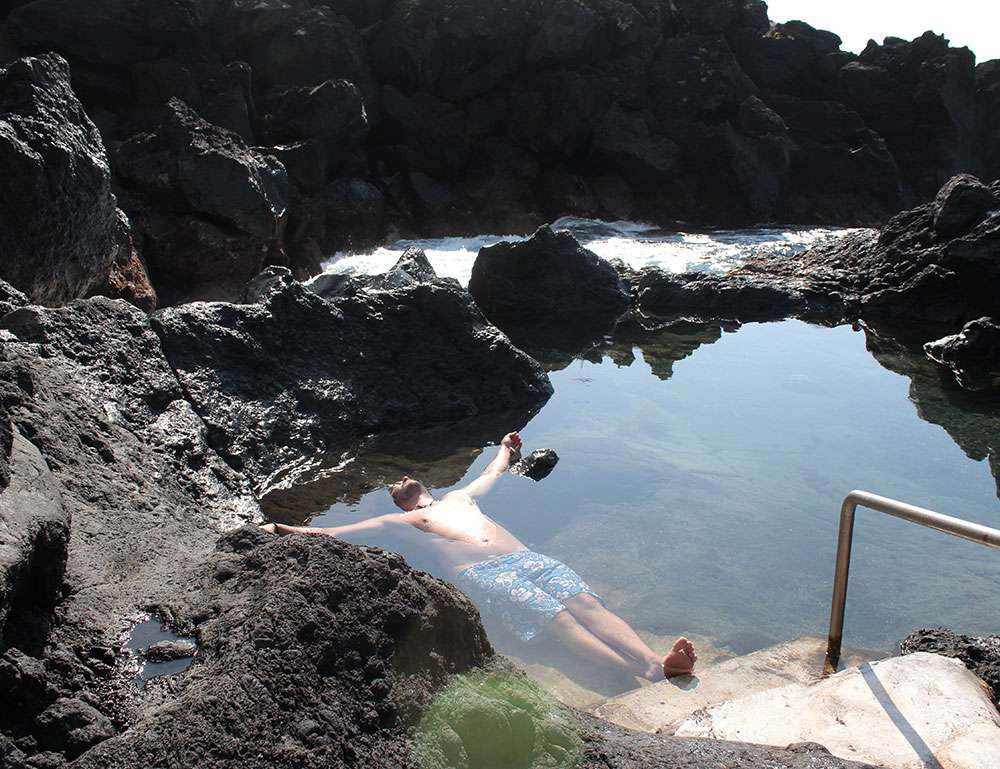Why should I compost ?
It’s one of the most effective ways to minimize the amount of garbage your family sends to the landfill. Around 30% of what we throw away are food scraps and yard waste, says the EPA. Not only does this reduce methane gas, which is a major factor in global warming, but composting also controls trash can odor. And the biggest payoff? You’ll be left with a rich fertilizer you can use in your own garden or donate to your favorite cause.
- How can I set up a composting bin or pile? Choose an outdoor space for your compost — you need at least 3 square feet of space — and a bin. A closed bin is a good choice if you’re worried about the way your compost pile will look (or smell)! You can easily make a container, order one online, or buy one at your local hardware or gardening store. Look for a bin that’s about 3 feet in diameter and not much taller than your waist. Use chicken wire or fencing to protect your bin from animals such as raccoons (or even the neighbor’s dog).
- What can I compost? You can add almost anything from your kitchen and garden — some surprising organic material includes egg shells, cut flowers, coffee grounds (and paper filters), old newspapers, tea and tea bags, hair (from pets and your own hair brush!), toothpicks, and even matches.
- The trick is to aim for equal amounts of “green” waste and “brown” waste to keep your compost healthy. “Green” waste includes moist matter like fruits and vegetables and “brown” waste is dry matter can be items like wood shavings, dry leaves, or even old newspapers. Maintaining a balance is important is because “brown” materials are rich in carbon, feeding the organisms that break down the scraps and “green” materials supply nitrogen — key for building the cell structure of your new soil.
- Your compost also needs oxygen and moisture. Without air, your pile will start to rot and smell. Moisture helps break everything down; sprinkle the compost with water every now and then, unless your scraps are wet enough on their own. With the right mixture, your compost should smell like nothing but earthy dirt.
- Is there anything I can’t compost? While they are compostable, dairy or animal products (even animal bones) will start to smell and attract pests, so toss those in your old-school garbage can. The same goes for fats, oils, and pet waste. Also, if you have a disease or insect ridden plant, don’t add it to the pile – it could contaminate your compost, making it unusable.
- How long does composting take? Over a few weeks, your food scraps will turn into soil. Turn your mixture over every week or two with a shovel or garden fork to mix it up. If you’re not seeing progress after a few weeks, add more “green” material and make sure you’re keeping the pile moist. If it’s smelly and wet, add more “brown” material and turn the compost more frequently. Also, break apart any big materials (like branches) to keep air flowing. Your compost is ready when it looks and smells like soil!
- How can I use my compost? Incorporate it into your garden beds or sprinkle it on top. Remember, compost is not a replacement for your soil, but rather acts as a natural fertilizer to nurture your soil and plants, so add it a couple of times a year for best results.
- Can I compost inside my home? Absolutely. Whether you’re in an apartment or a house without a backyard, you can set up a mini collection station right in your kitchen so you don’t have to trash food scraps. Experts from the good housekeeping institute share their tips and tricks for making composting work no matter where you live:
So, what can you actually do to make your own compost ?
1. Get a compost bin with a tight-fitting lid.
Whether you opt for a plastic bin or a stainless steel version , make sure it comes with a lid. Some plastic versions may absorb smells, explains Laurie Jennings, GH institutedirector, which is why she uses an old stainless steel ice bucket with a matching lid on her countertop to collect compostable material.
2. Line your compost bin with biodegradable bags.
While it’s tempting to want to reuse plastic bags from the grocery store, these aren’t biodegradable and can defeat the purpose of your composting.
3. Store full compost bags in your freezer.
You’ll want to replace the bag regularly so weeks-old scraps don’t start to stink up your space. Once your bin is at capacity, secure the bag, and place it in the freezer (yes, really!). This will make scraps easier to transport, eliminate any odor, halt active decomposition, and buy you some time before you’re able to get rid of them.
4. Find a local collection service or drop-off location.
If you don’t have a garden in which compost your scraps, see if your community offers collection services. Contact your local municipality or visit Compost’s site which lists participating services around the country — some even provide at-home starter kits and regular curbside pickup. The rules all depend on where you live. If you bring your own waste to a transfer station, check with them too: Many have designated compost areas.
Reference: https://www.goodhousekeeping.com/home/gardening/advice/a23945/start-composting/
